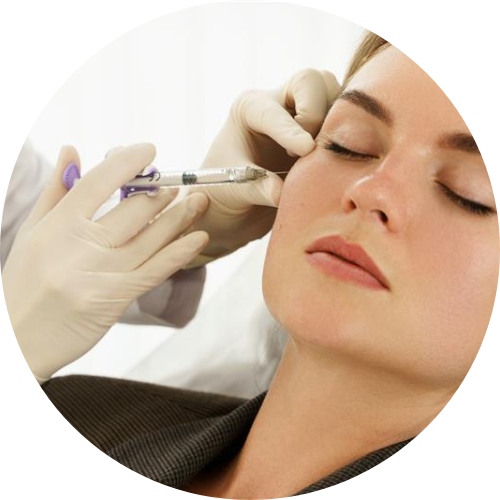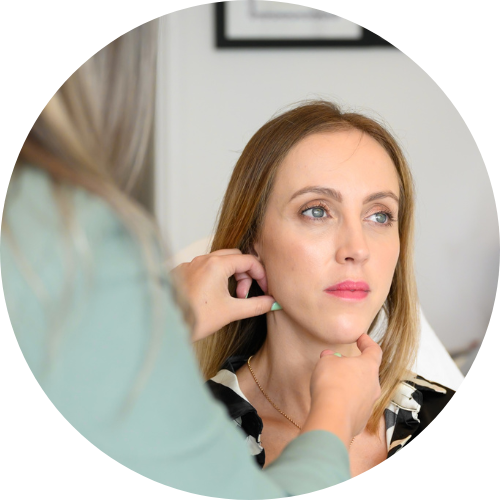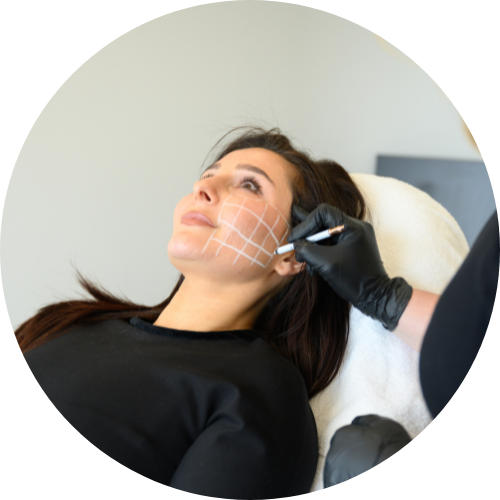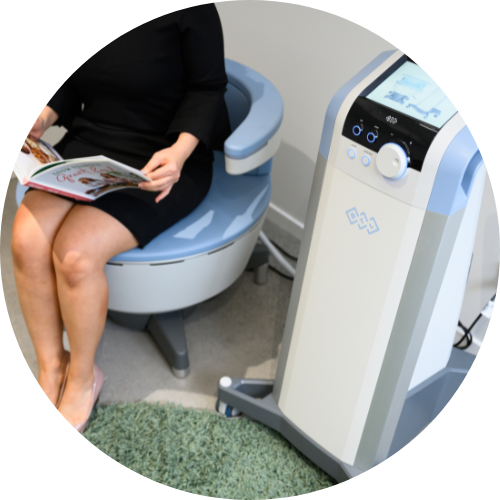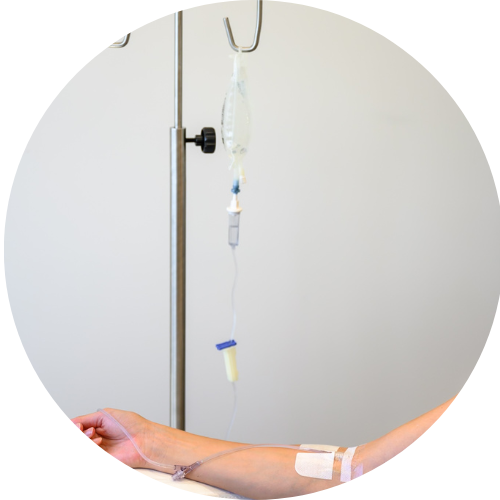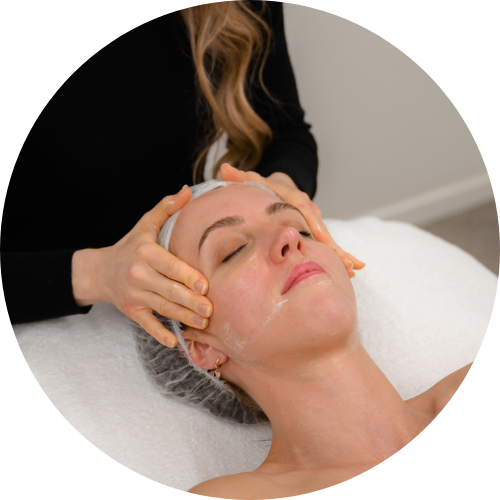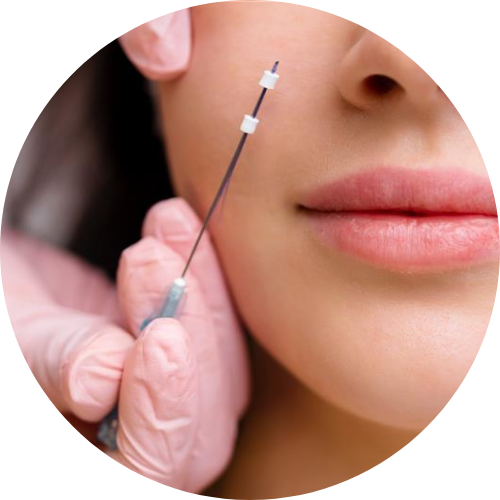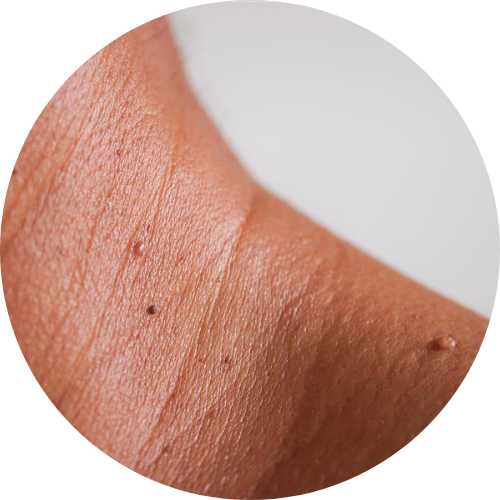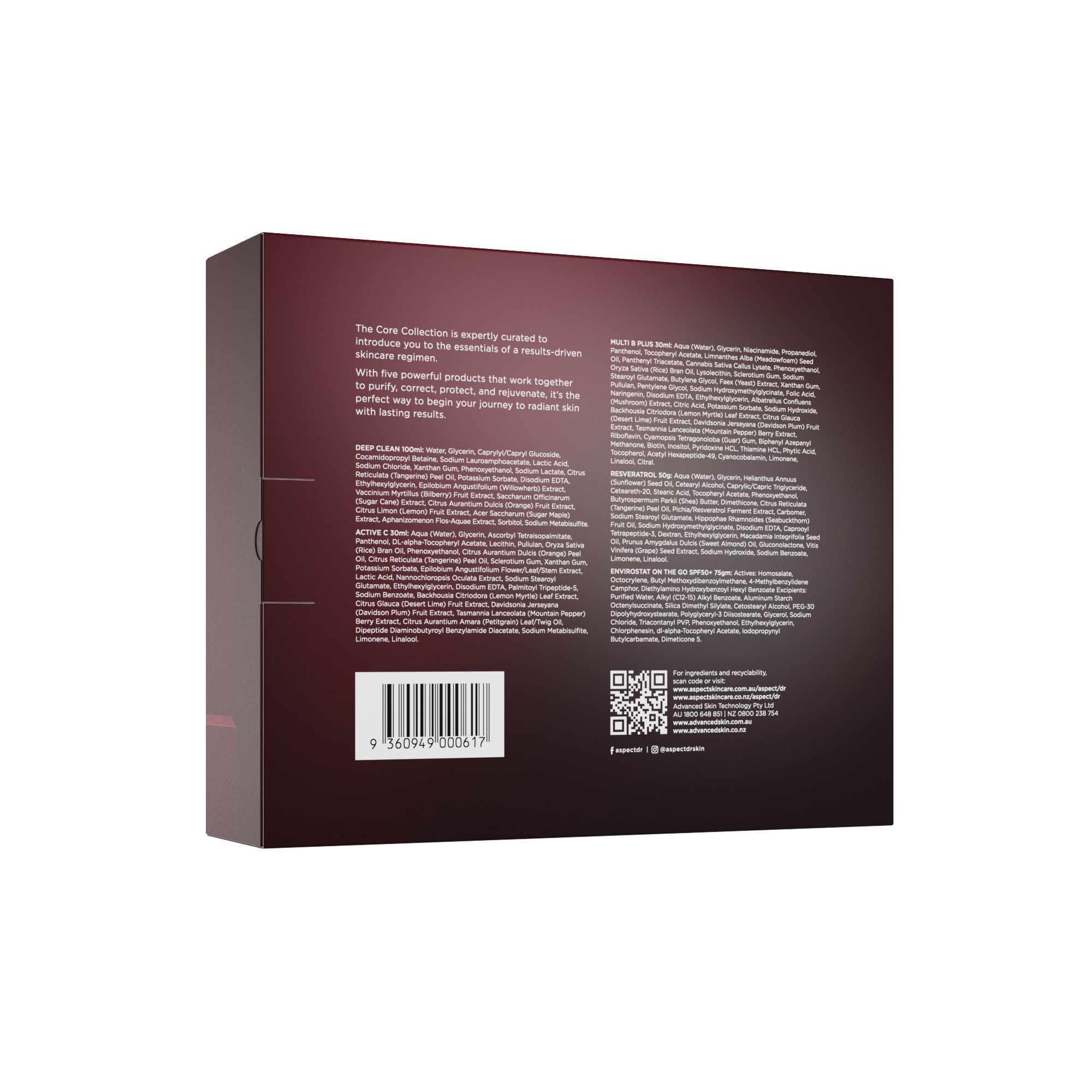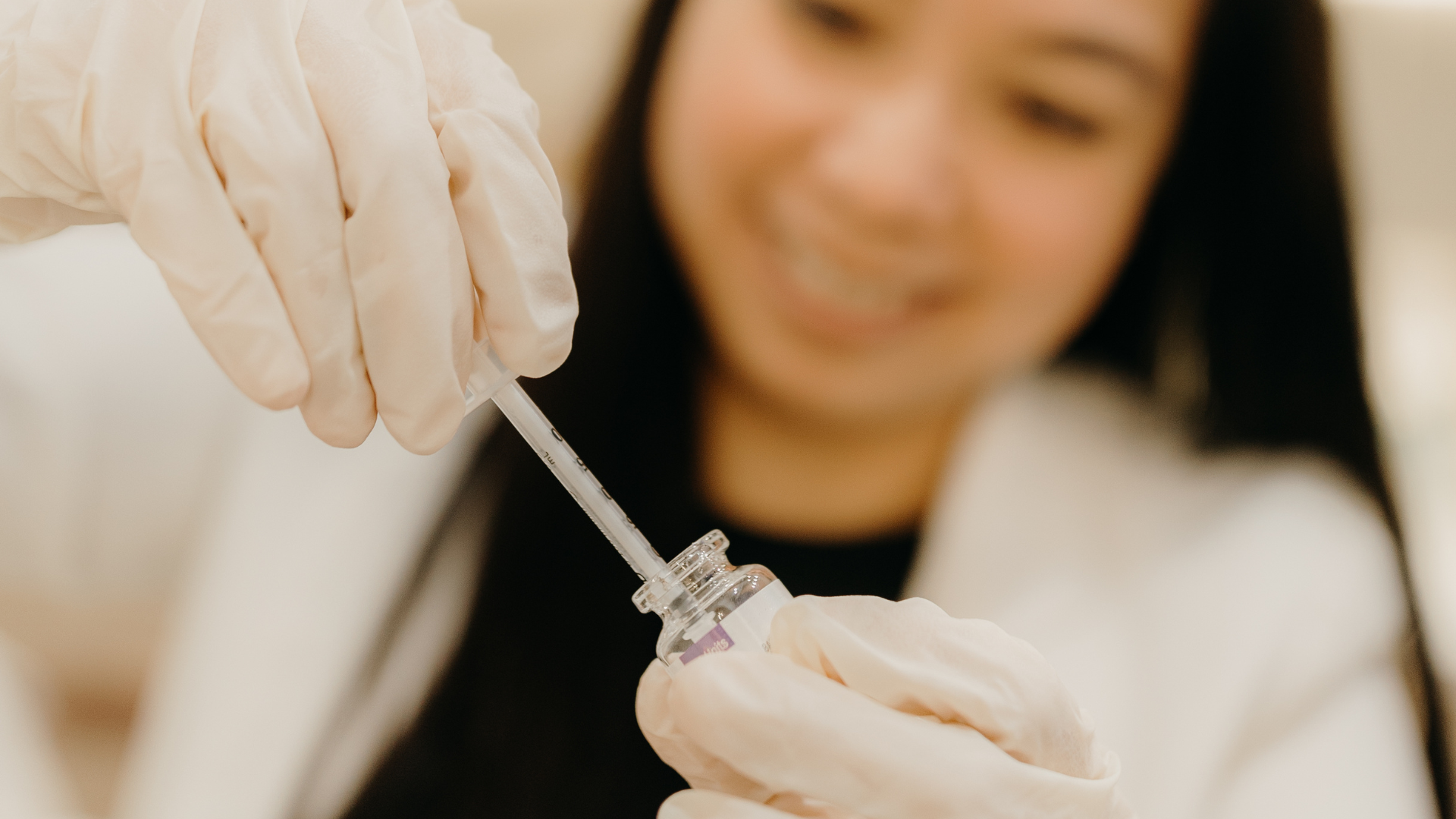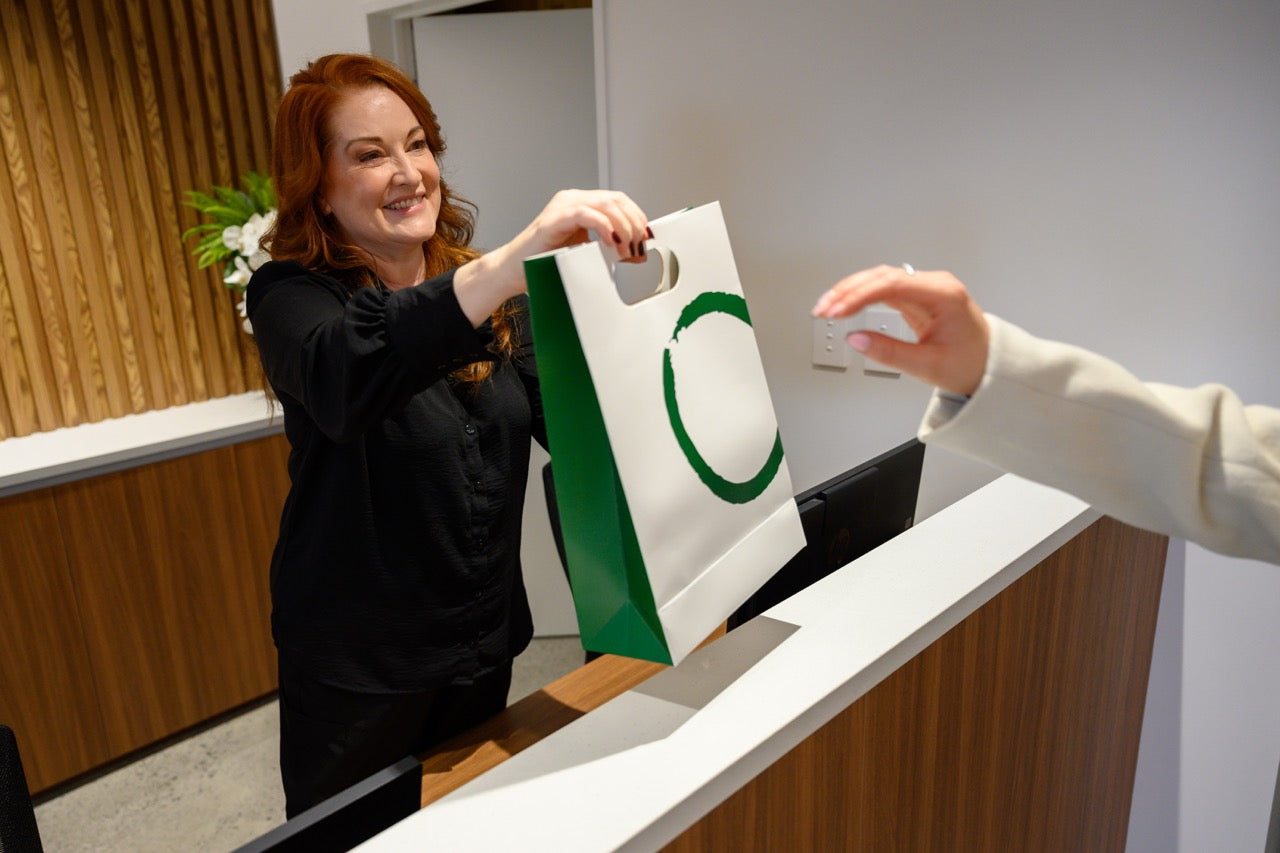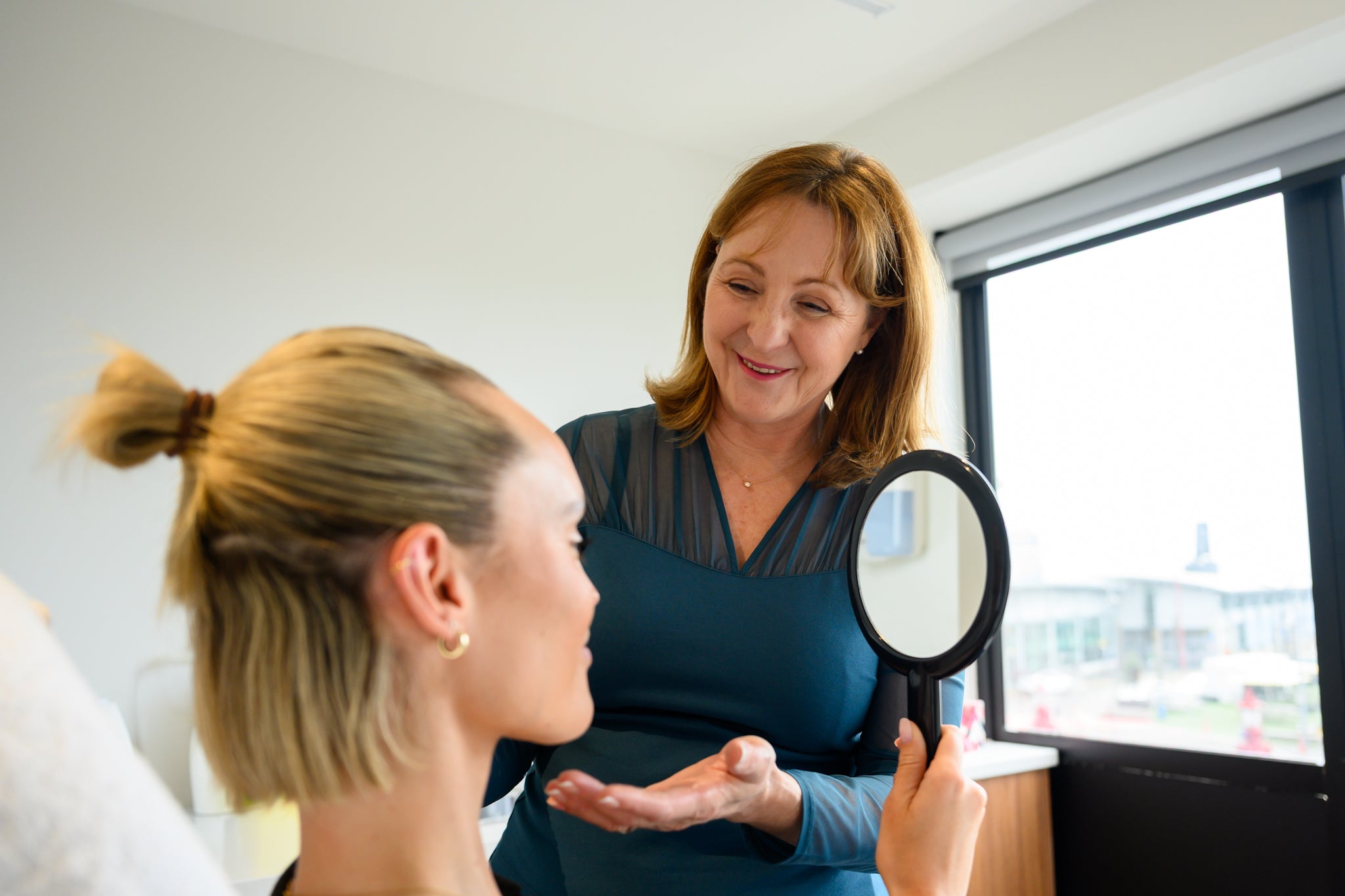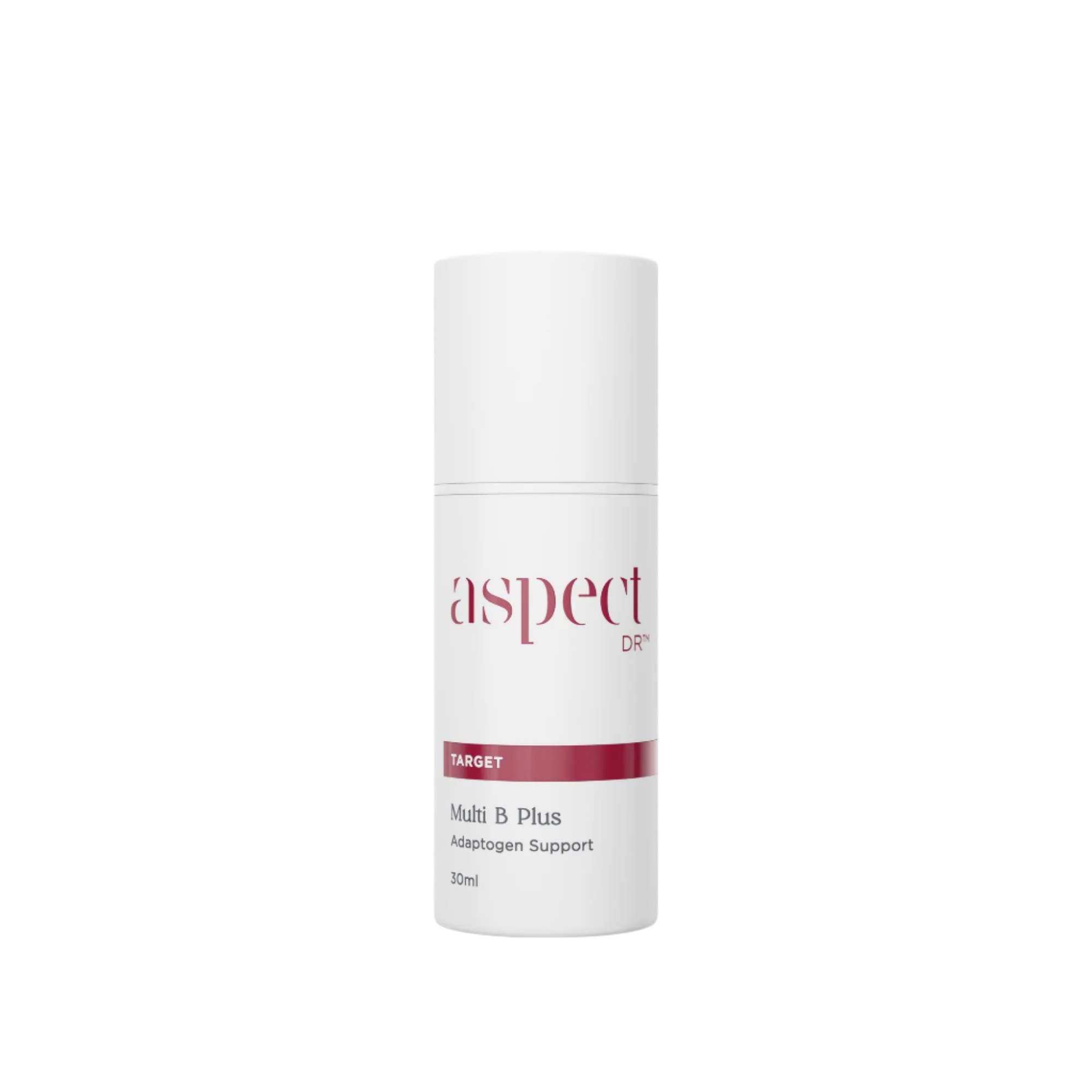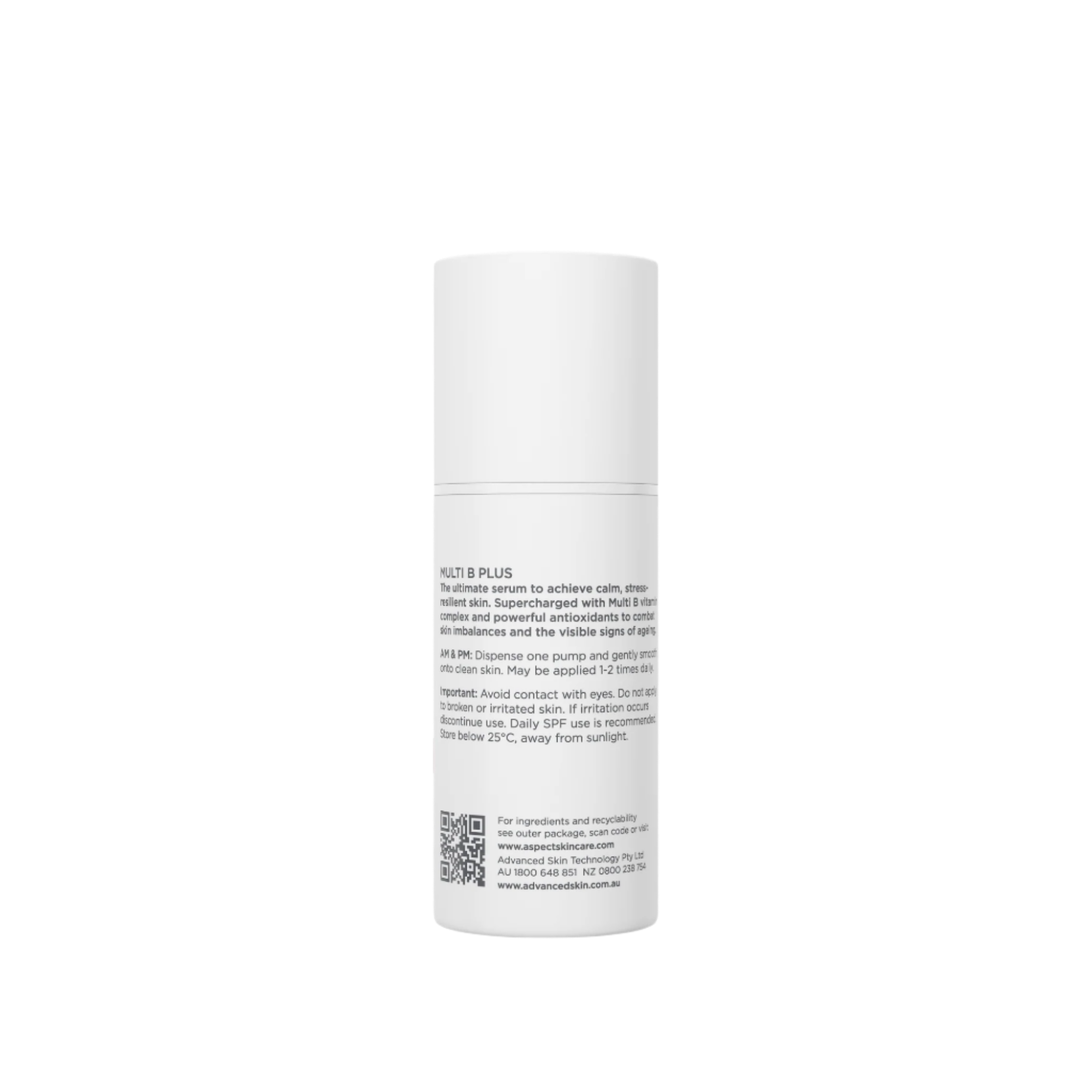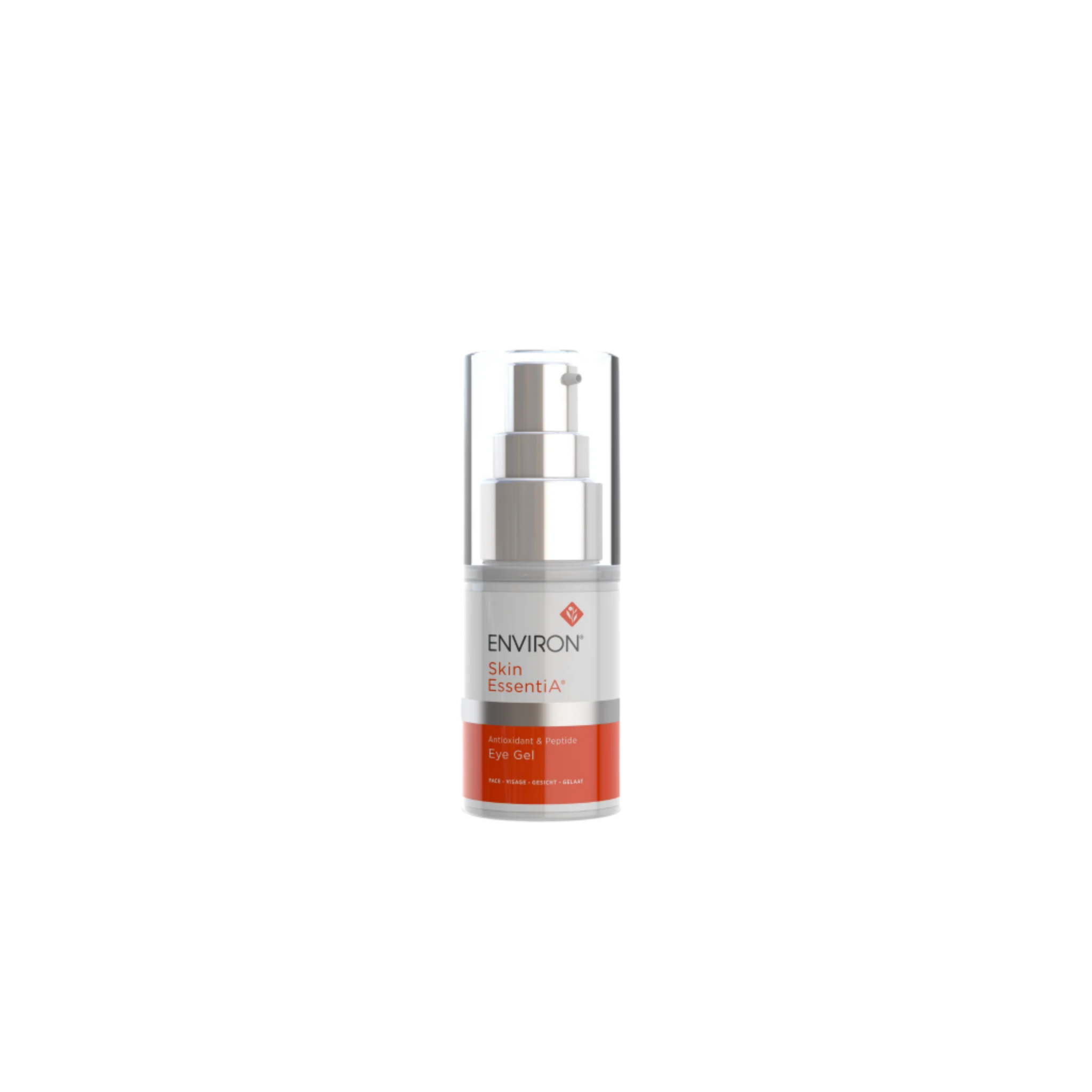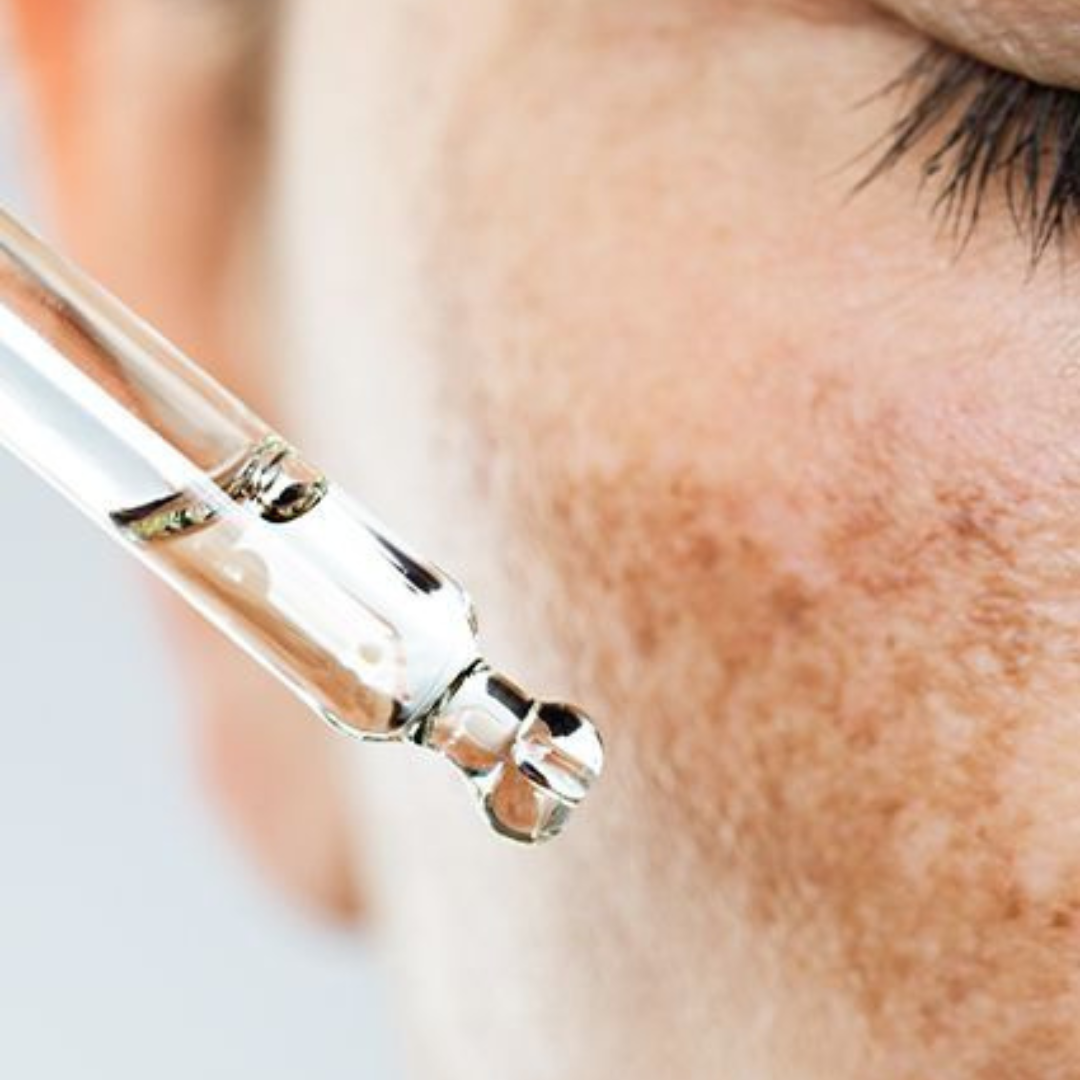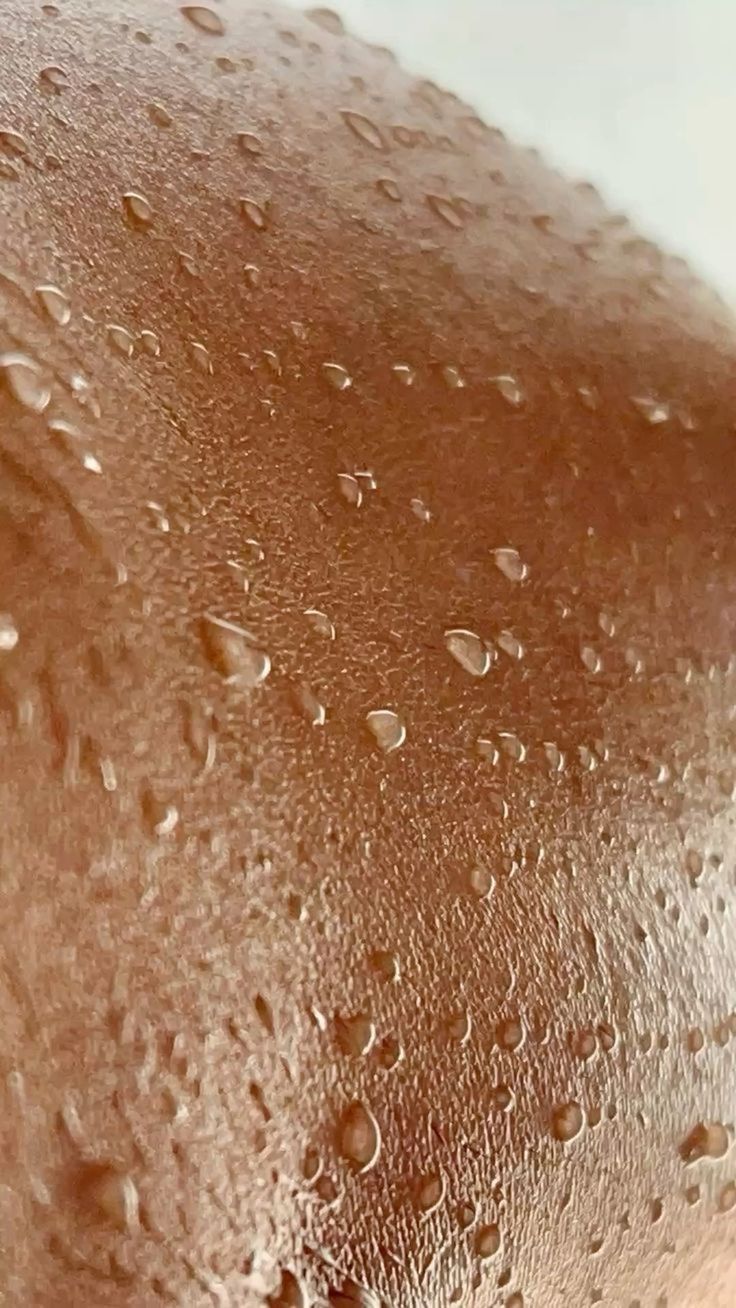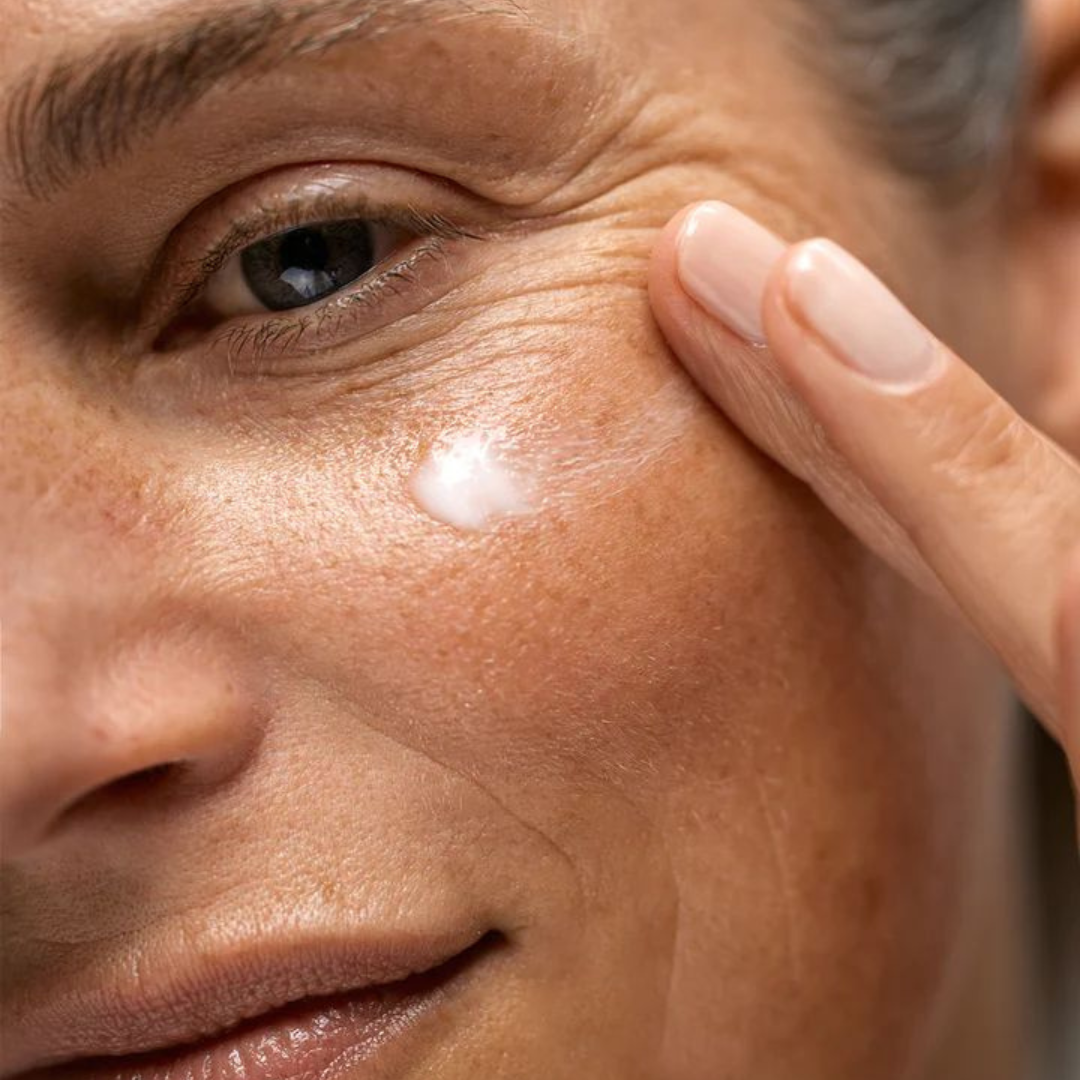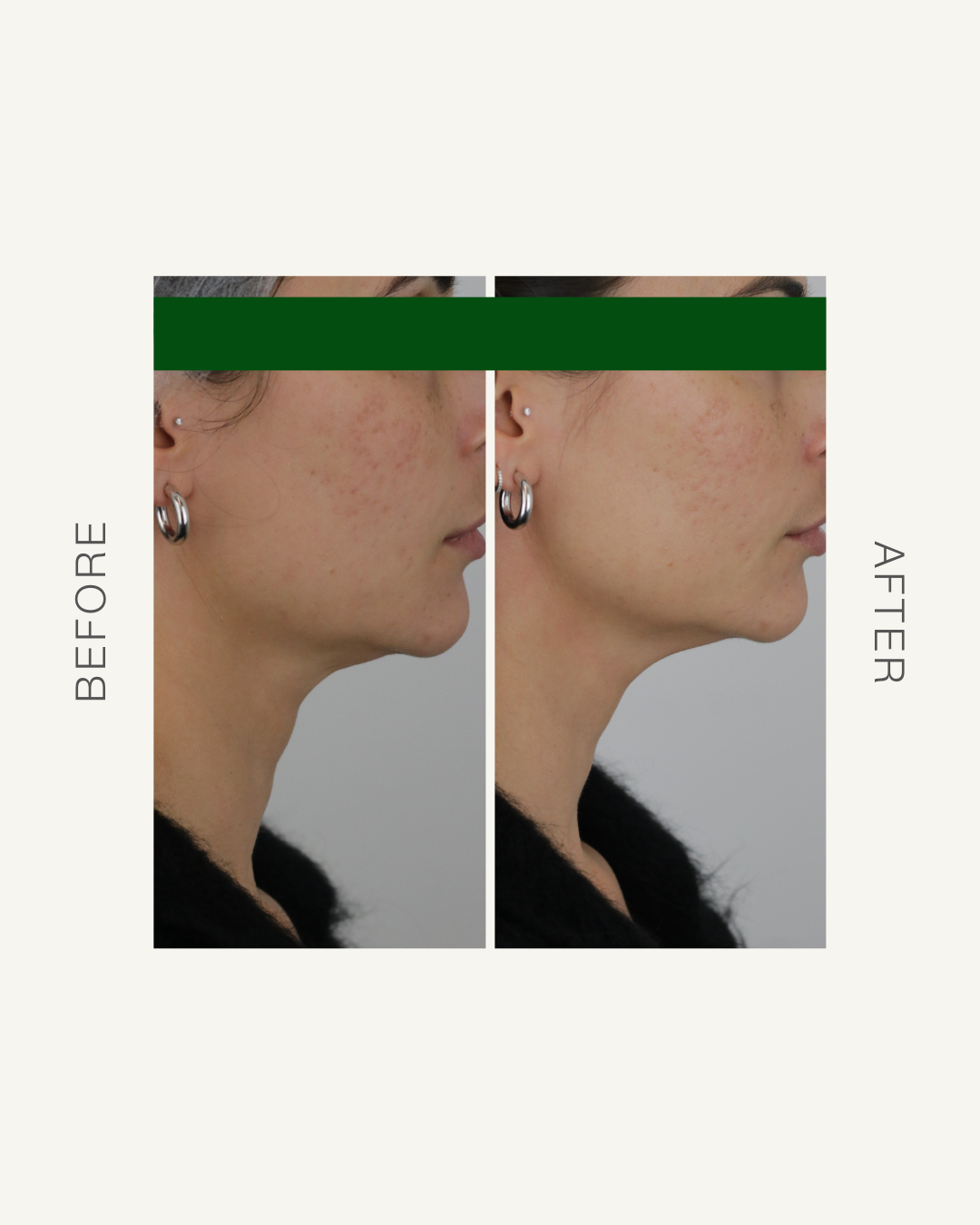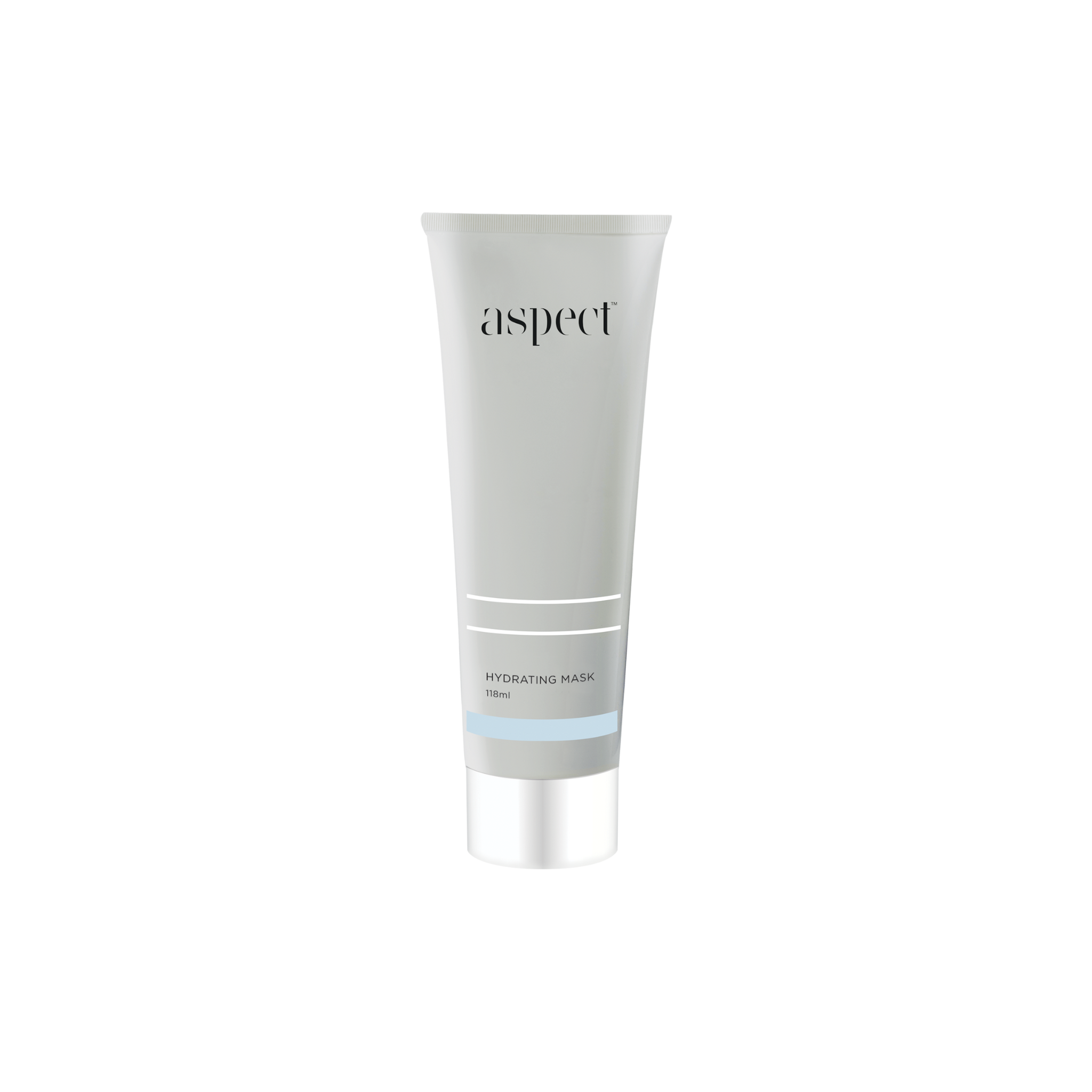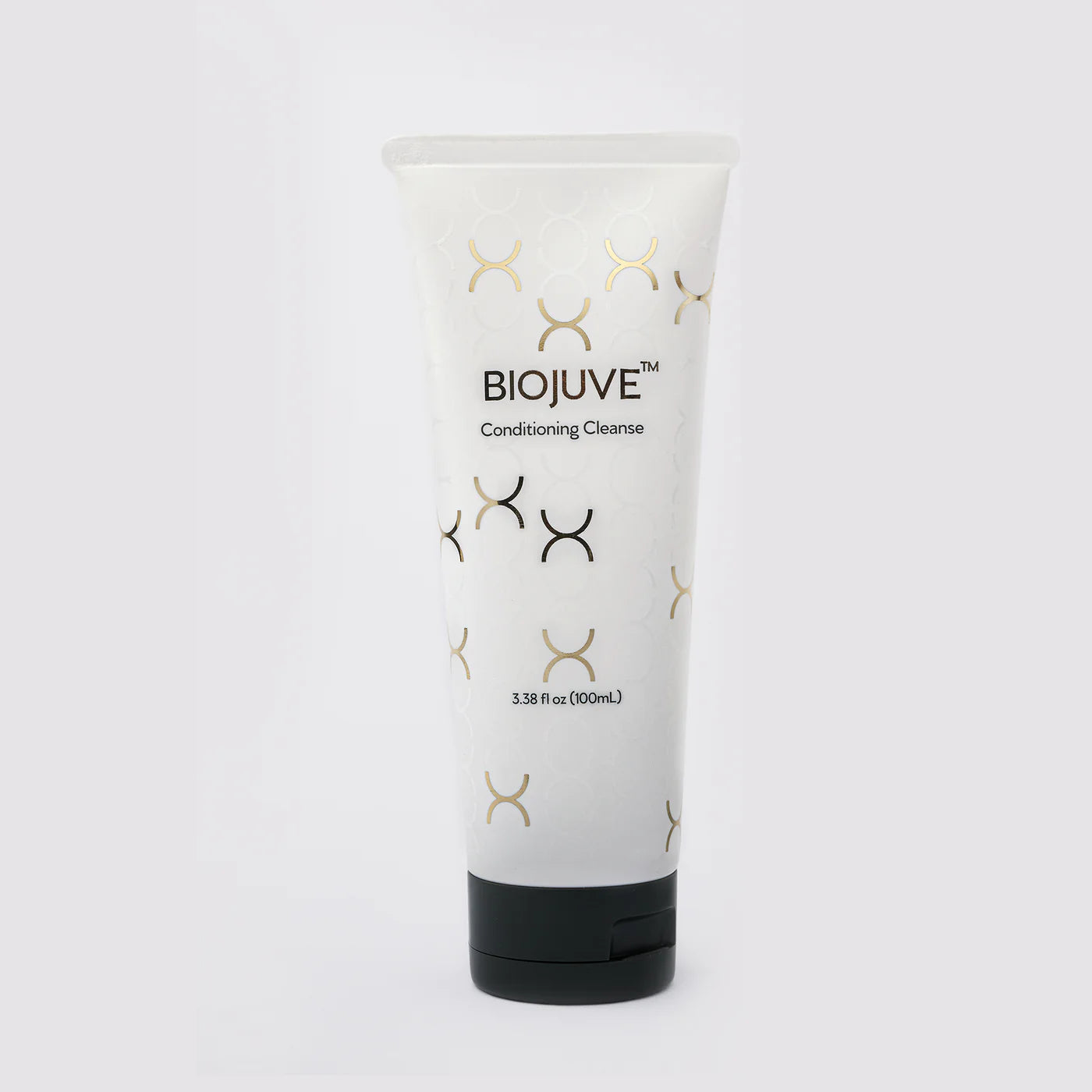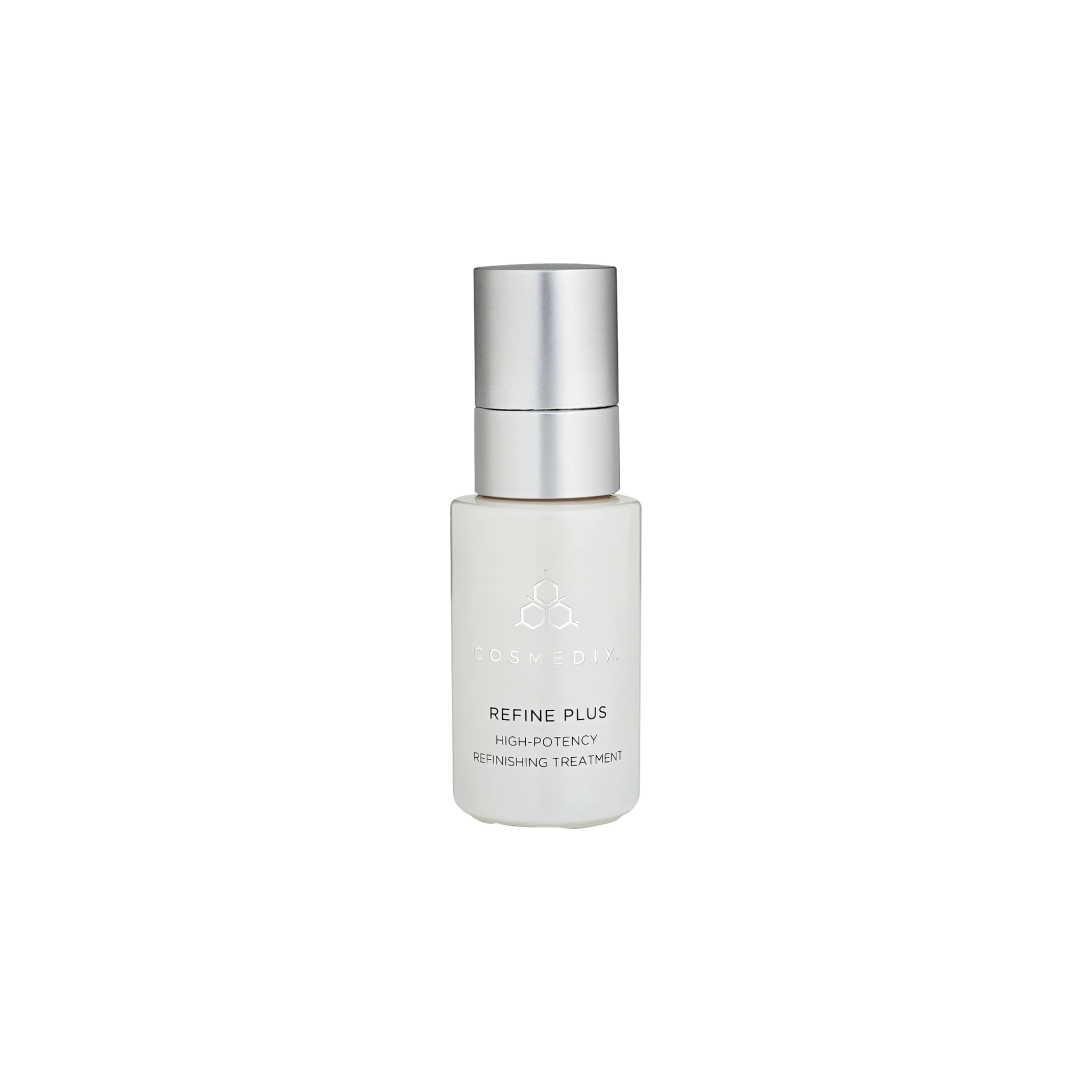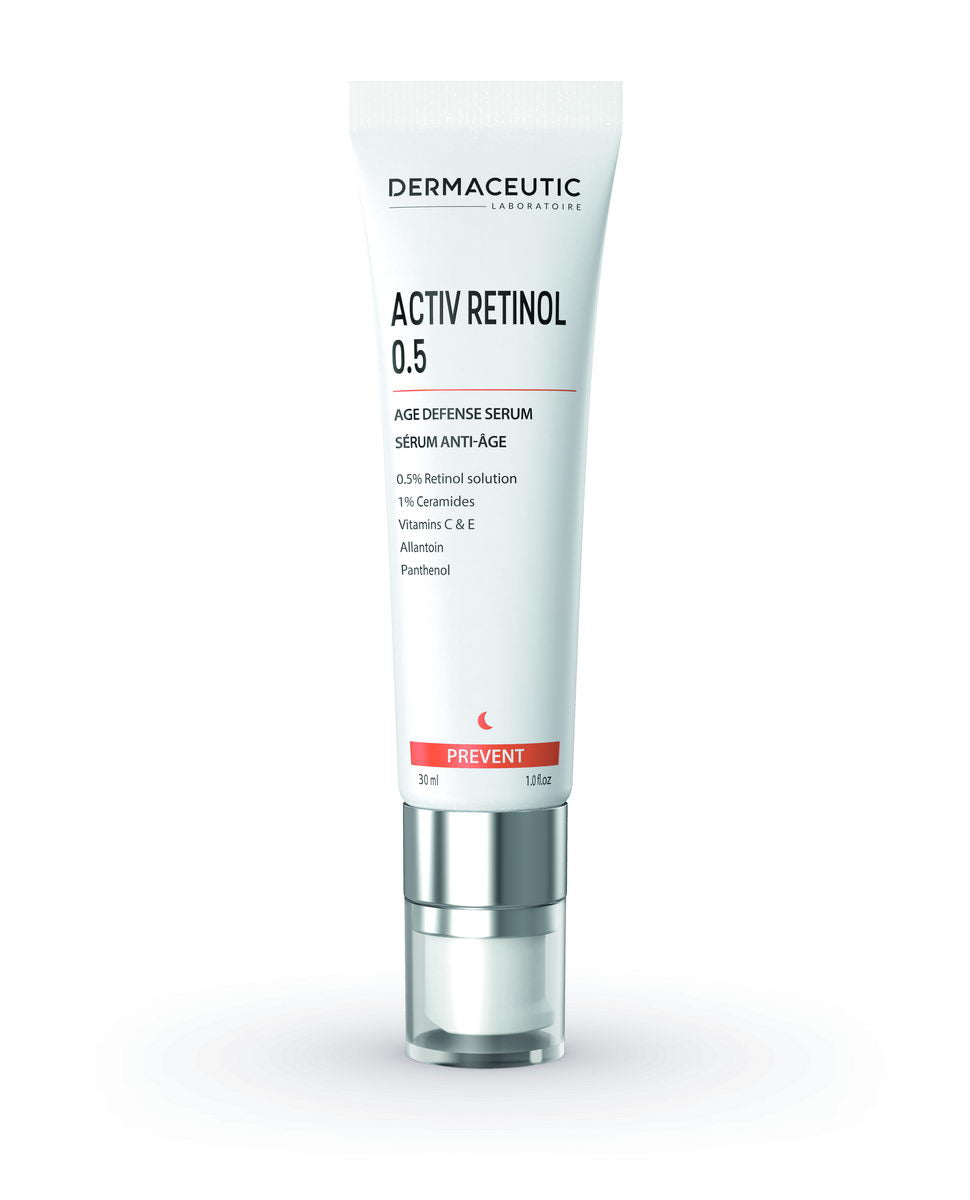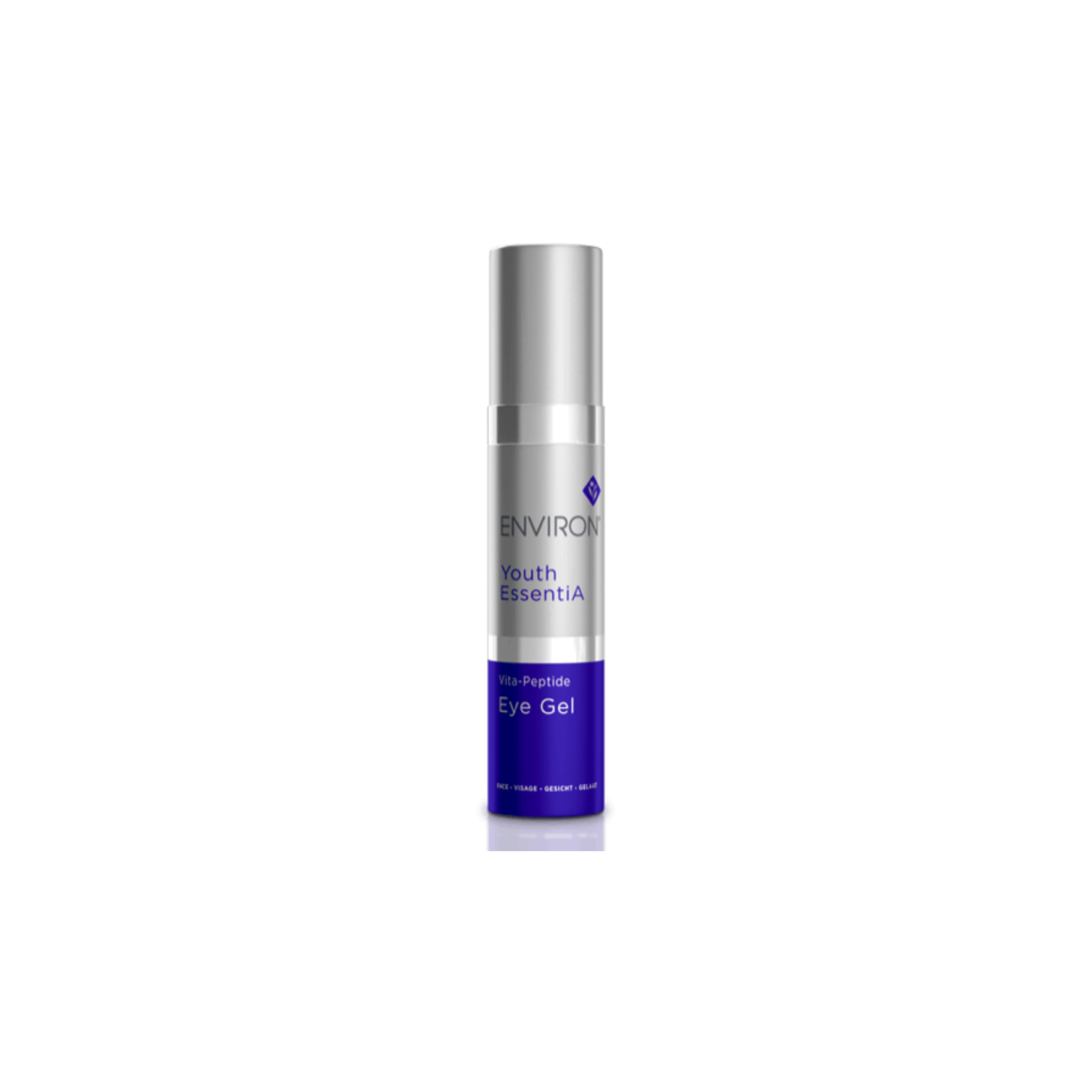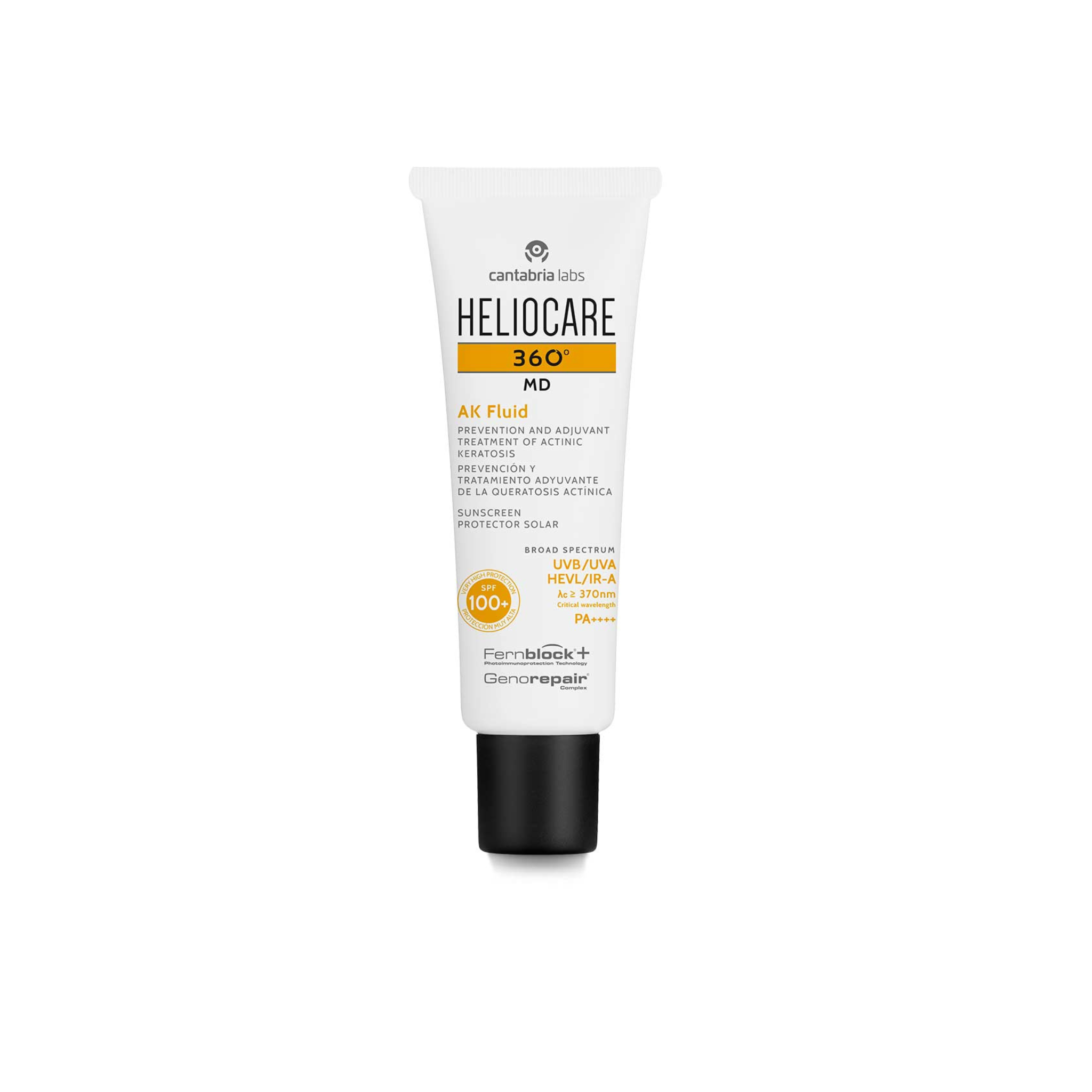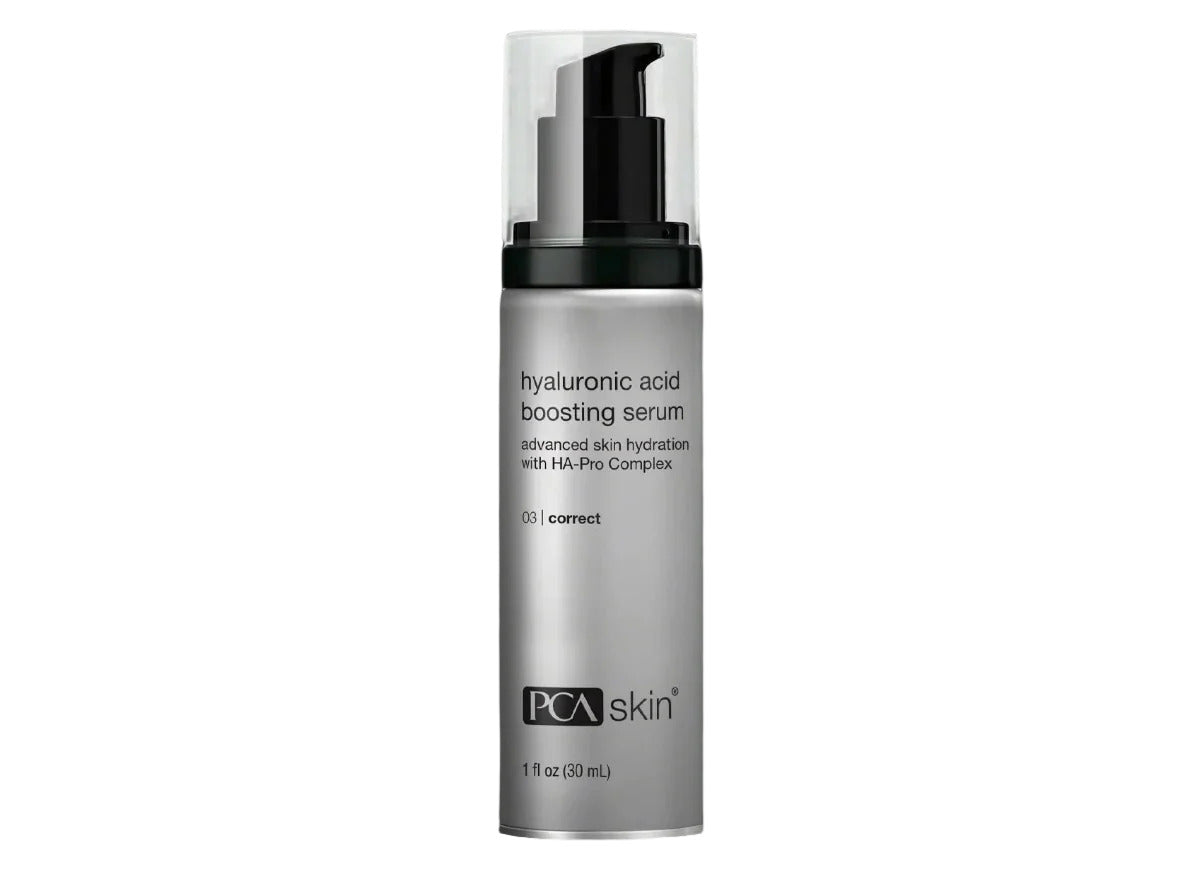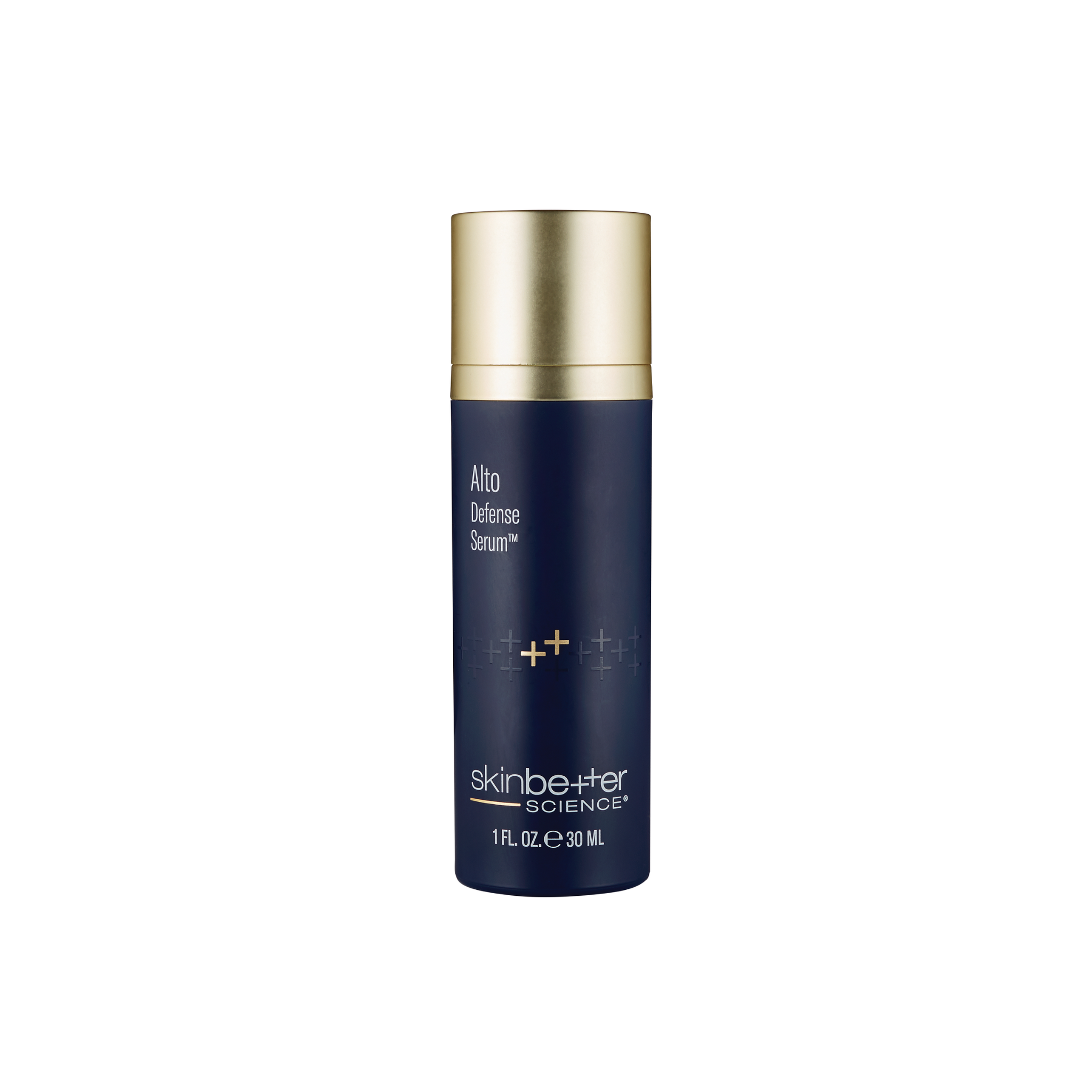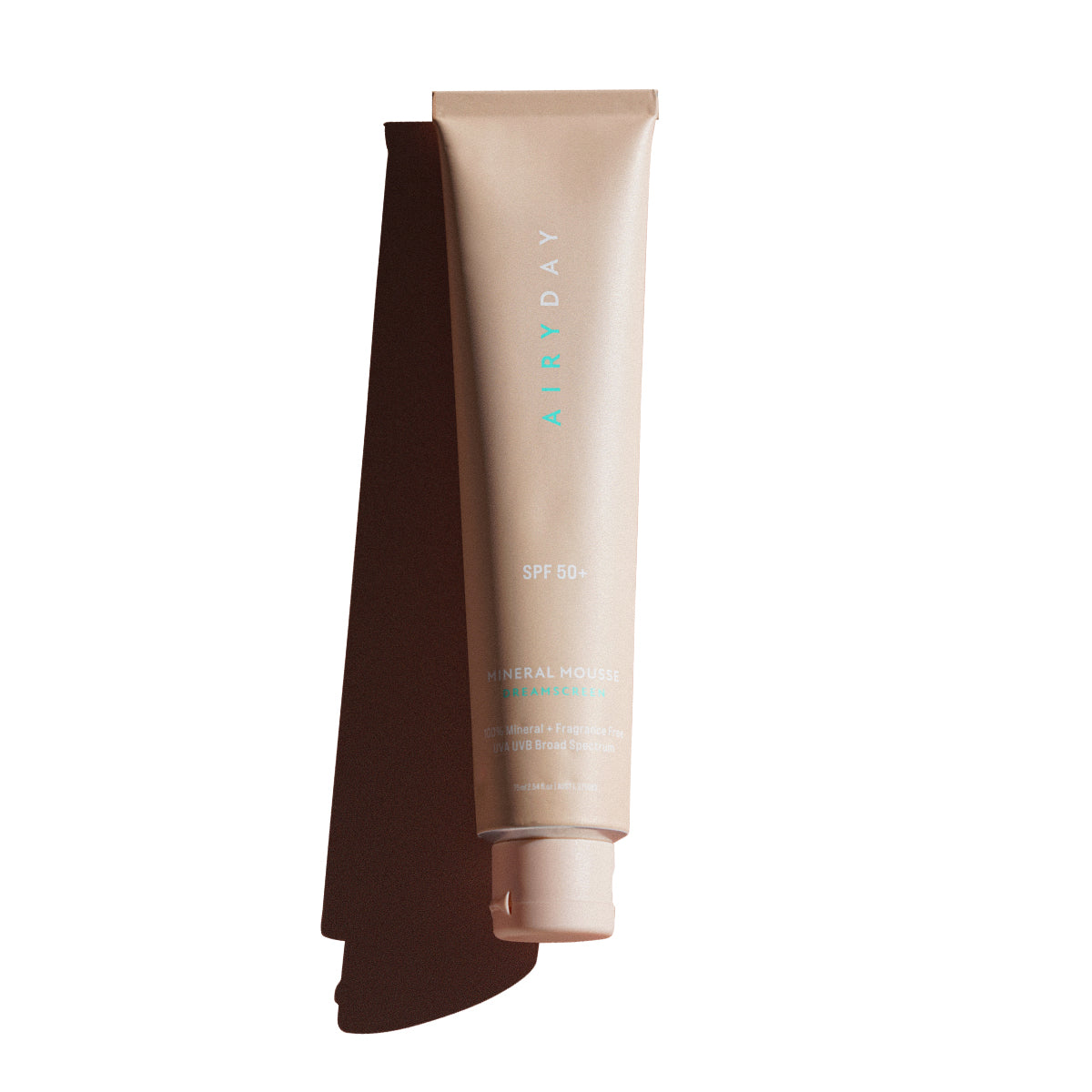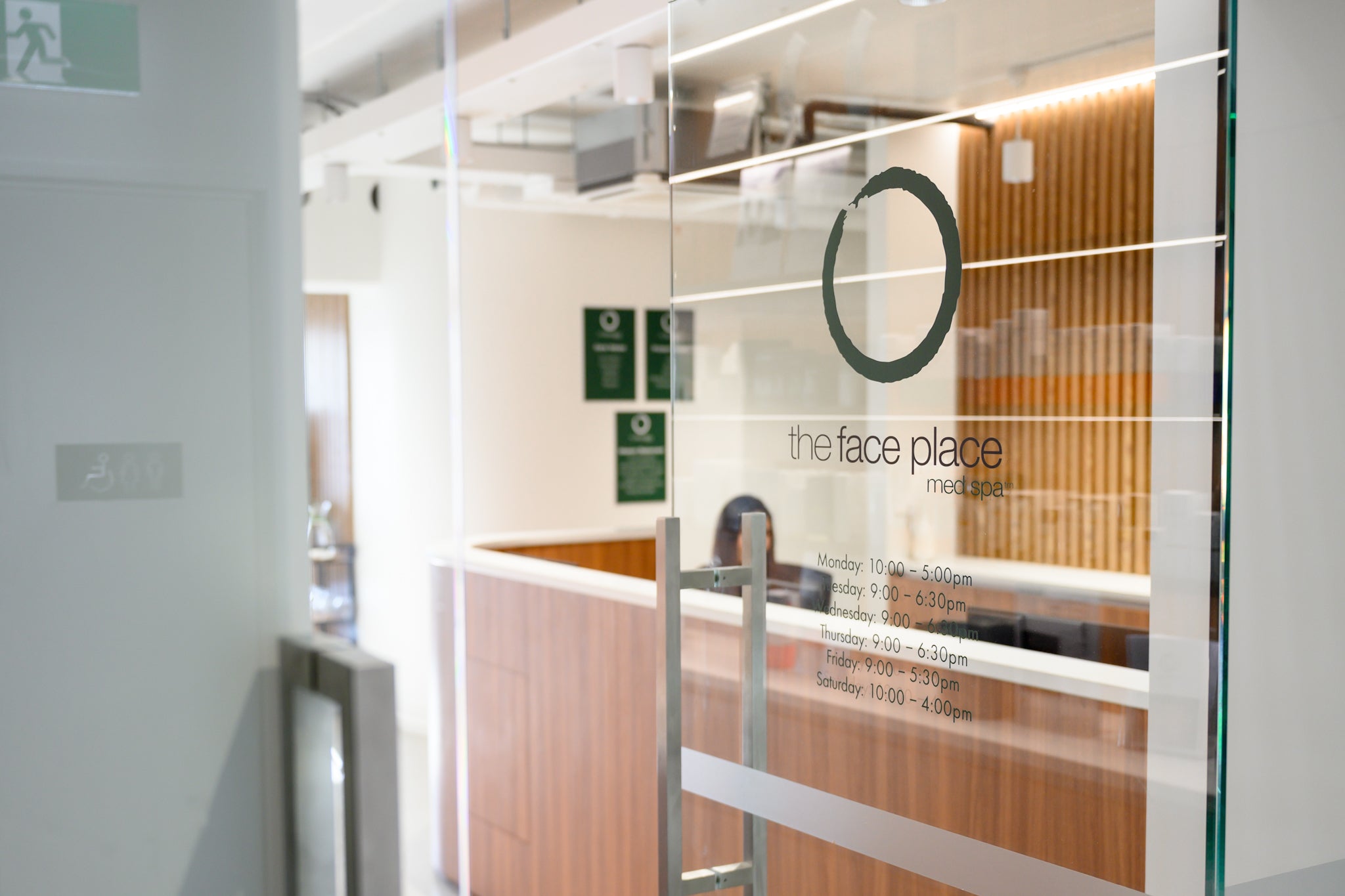Cosmedicine with Integrity
We break stigmas and reject the idea that self-care is about vanity. Our treatments, including Emsella pelvic floor therapy and Exion RF Needling for skin rejuvenation, go beyond appearances to make a profound impact on your confidence and well-being. Contrary to stereotypes, cosmedicine is not synonymous with ‘overdone’ or frozen faces. With us, less is more.
At The Face Place, we offer treatments tailored to everyone – from Botox for wrinkles to dermal fillers for restoring facial volume, as well as advanced options like skin boosters and RF needling. Cosmedicine is for everyone: men, women, and anyone seeking to look and feel their best.
Our approach is centered around integrity. At The Face Place, we reject sales targets and commissions, instead building a team of artists who feel comfortable saying ‘no’ if a treatment won’t provide a natural-looking outcome. Cosmedicine with integrity, backed by science and delivered with care.




















Our Favourite Skincare Products
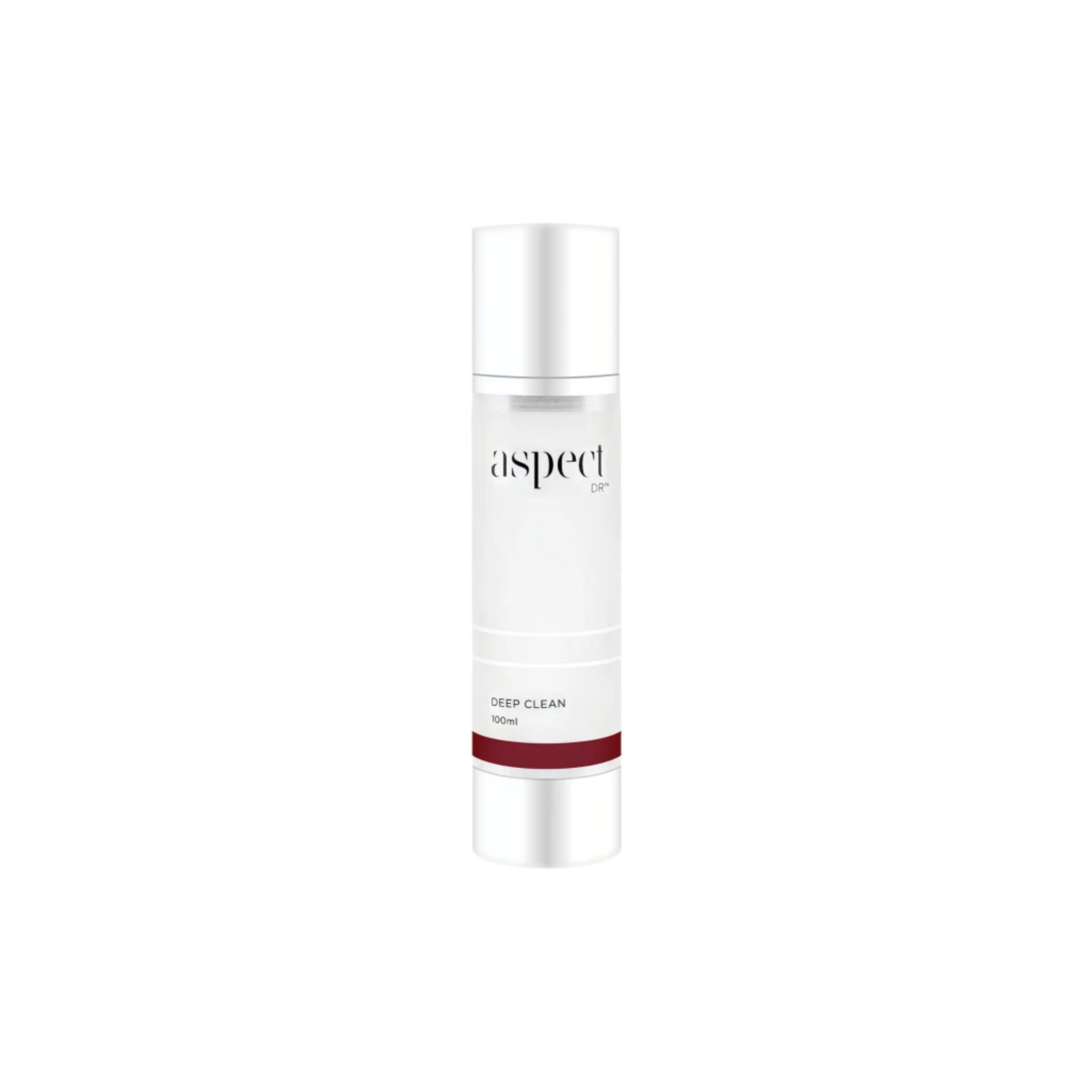
Aspect Dr Deep Clean - 100ml
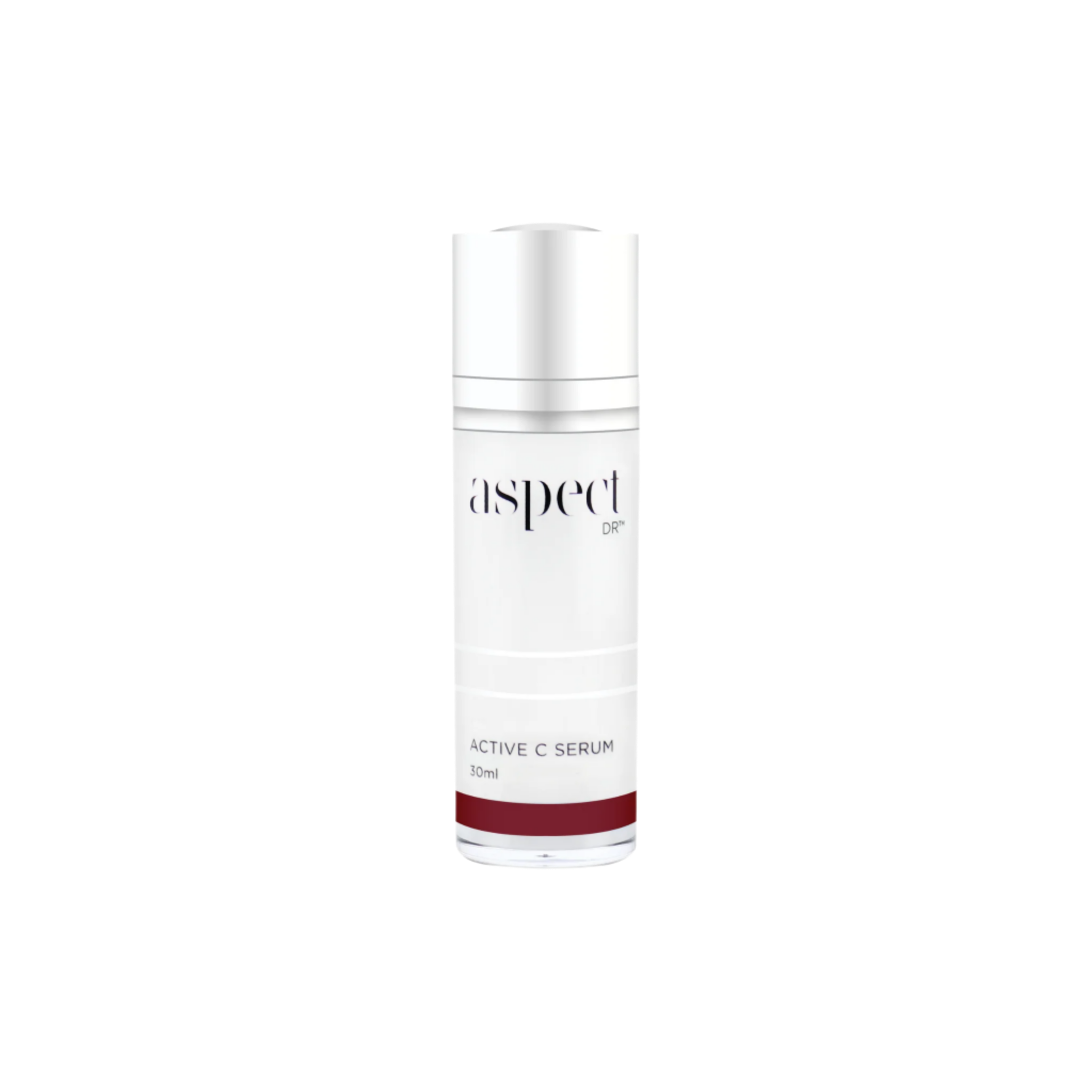
Aspect Dr Active C Serum - 30ml
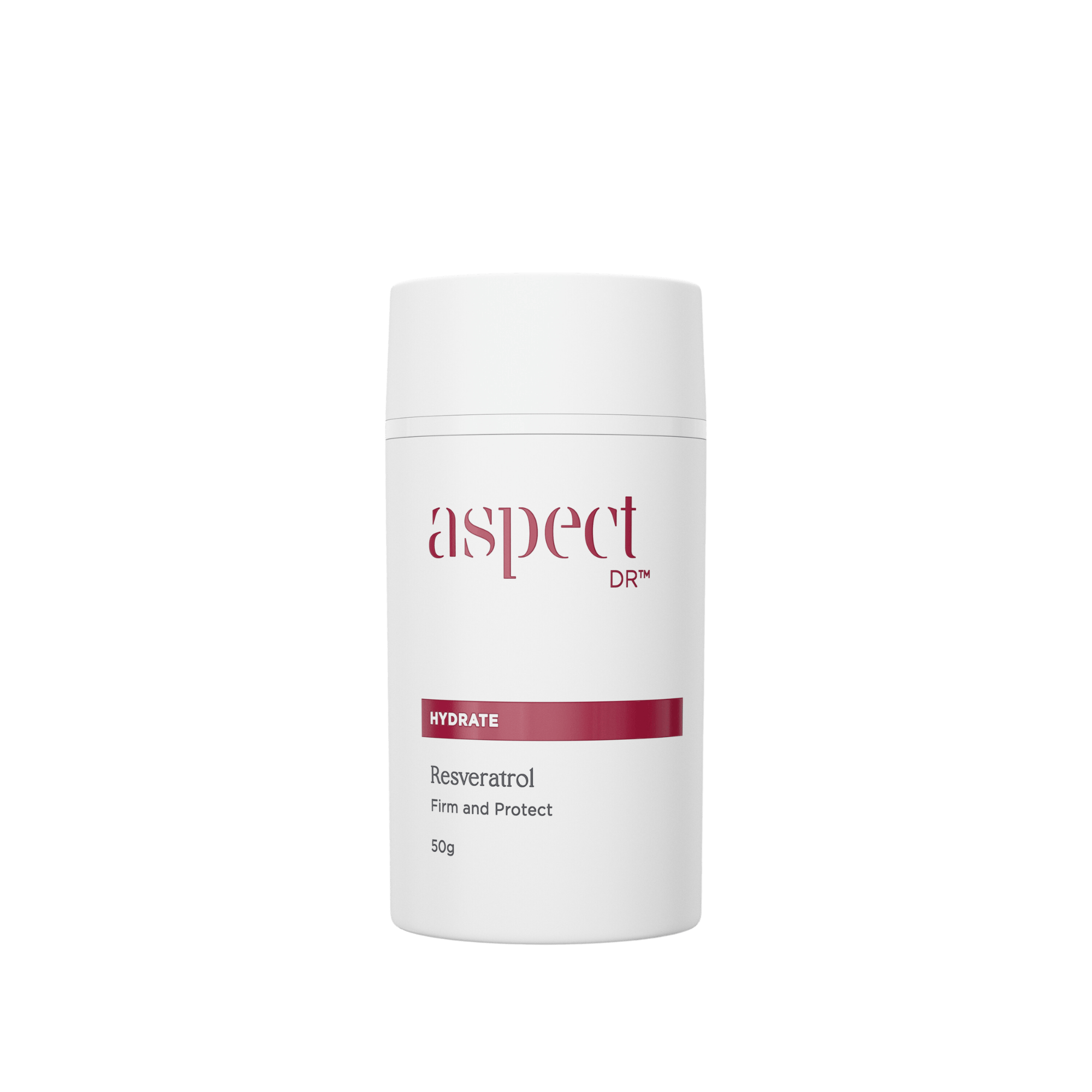
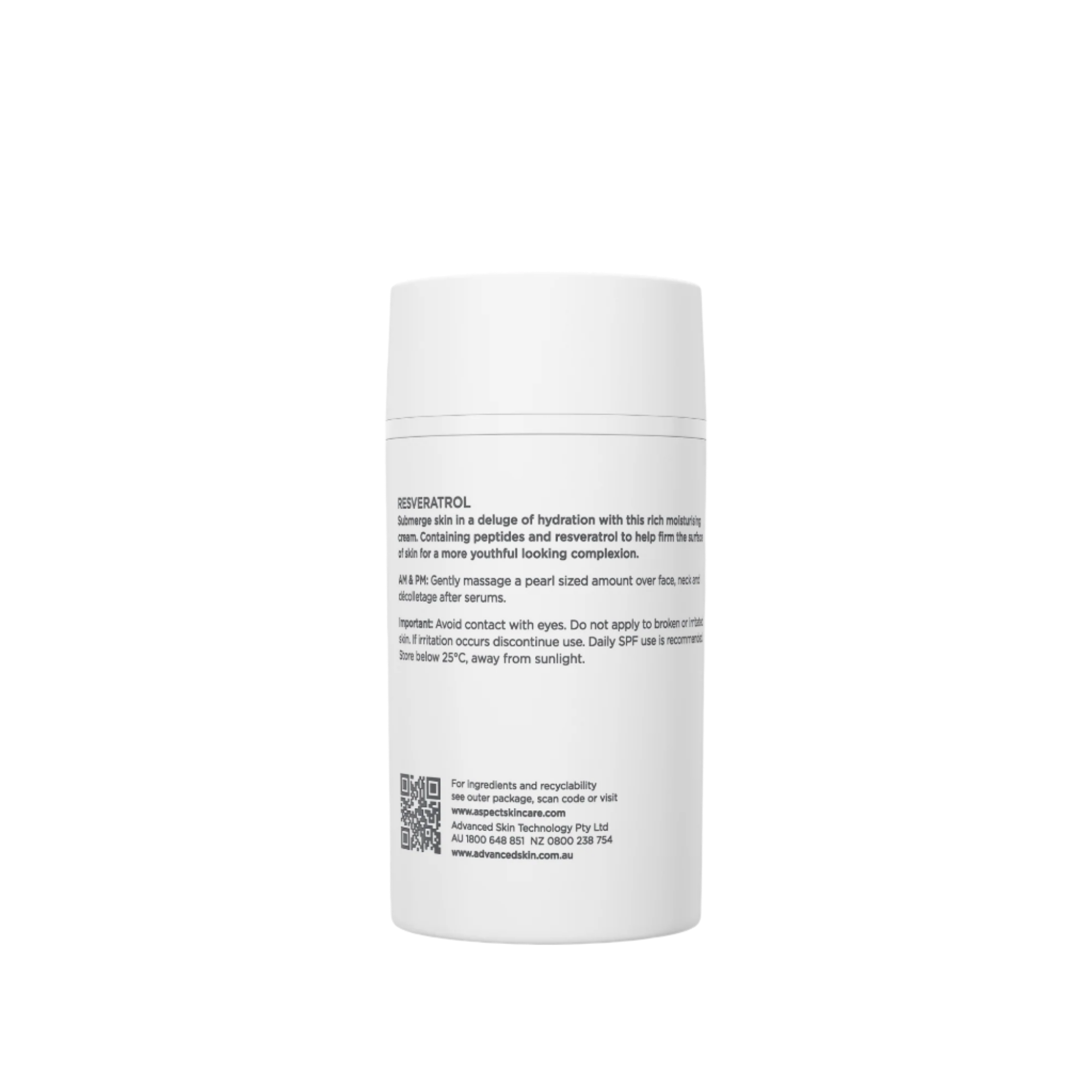
Aspect Dr Resveratrol - 50g
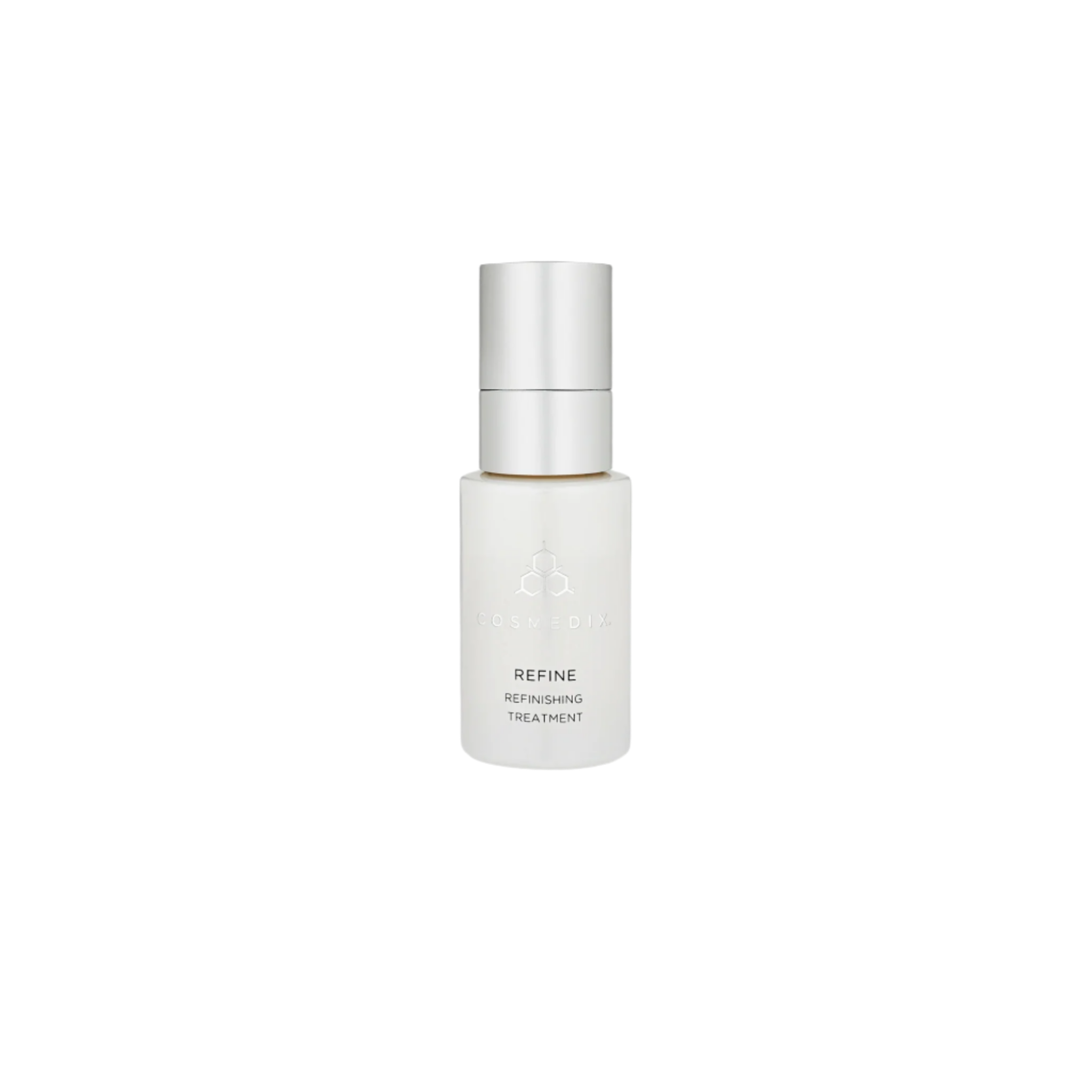
Cosmedix Refine


















































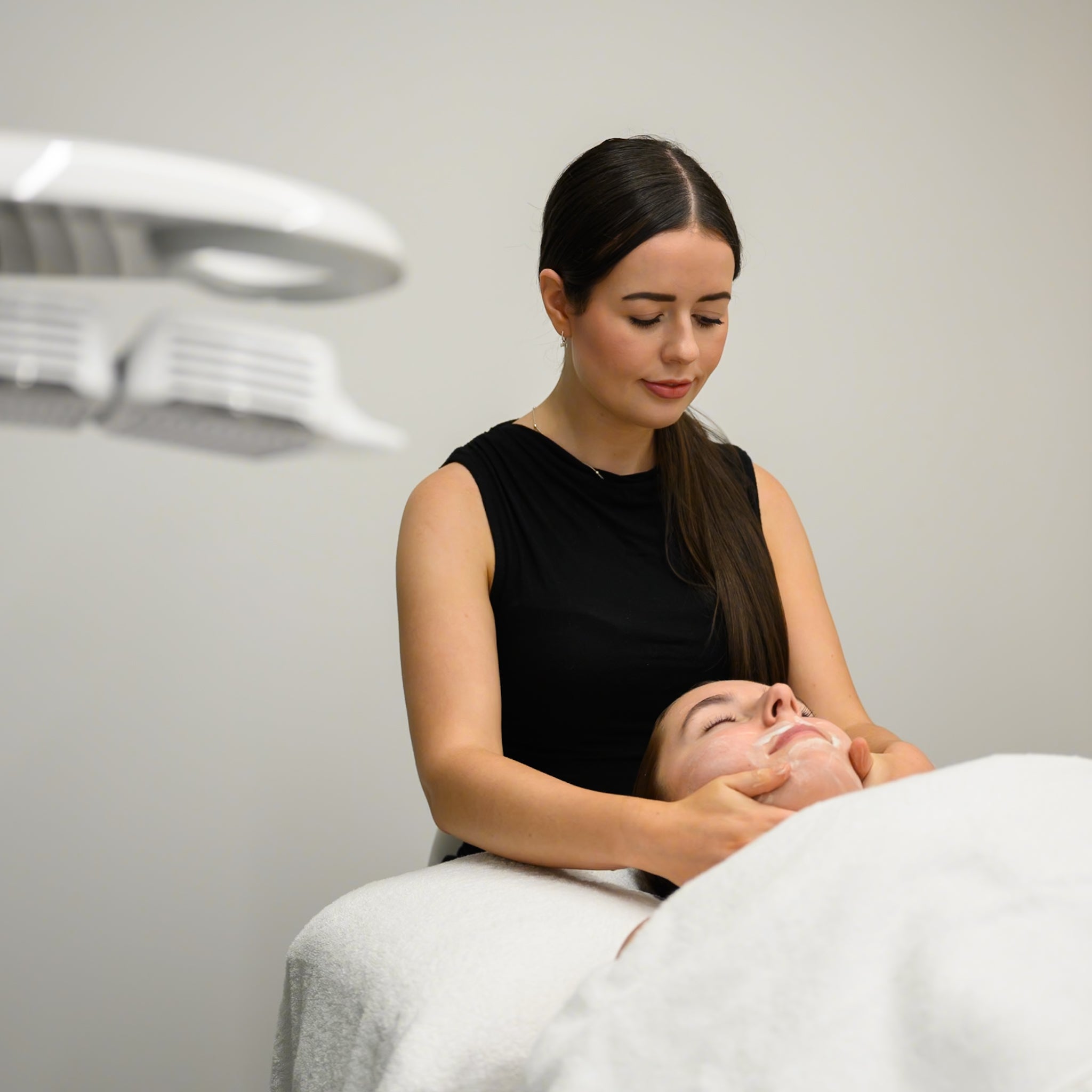
Radiance Lux Facial
Our Latest Skin Treatment
Need to recharge? Indulge yourself in 90 minutes of pure bliss, recharging the skin with deep cleansing, a Healite, saturating hydration, and a calming gel mask, leaving your body and mind relaxed, and your skin radiant.
Our Favourites From Aspect Dr
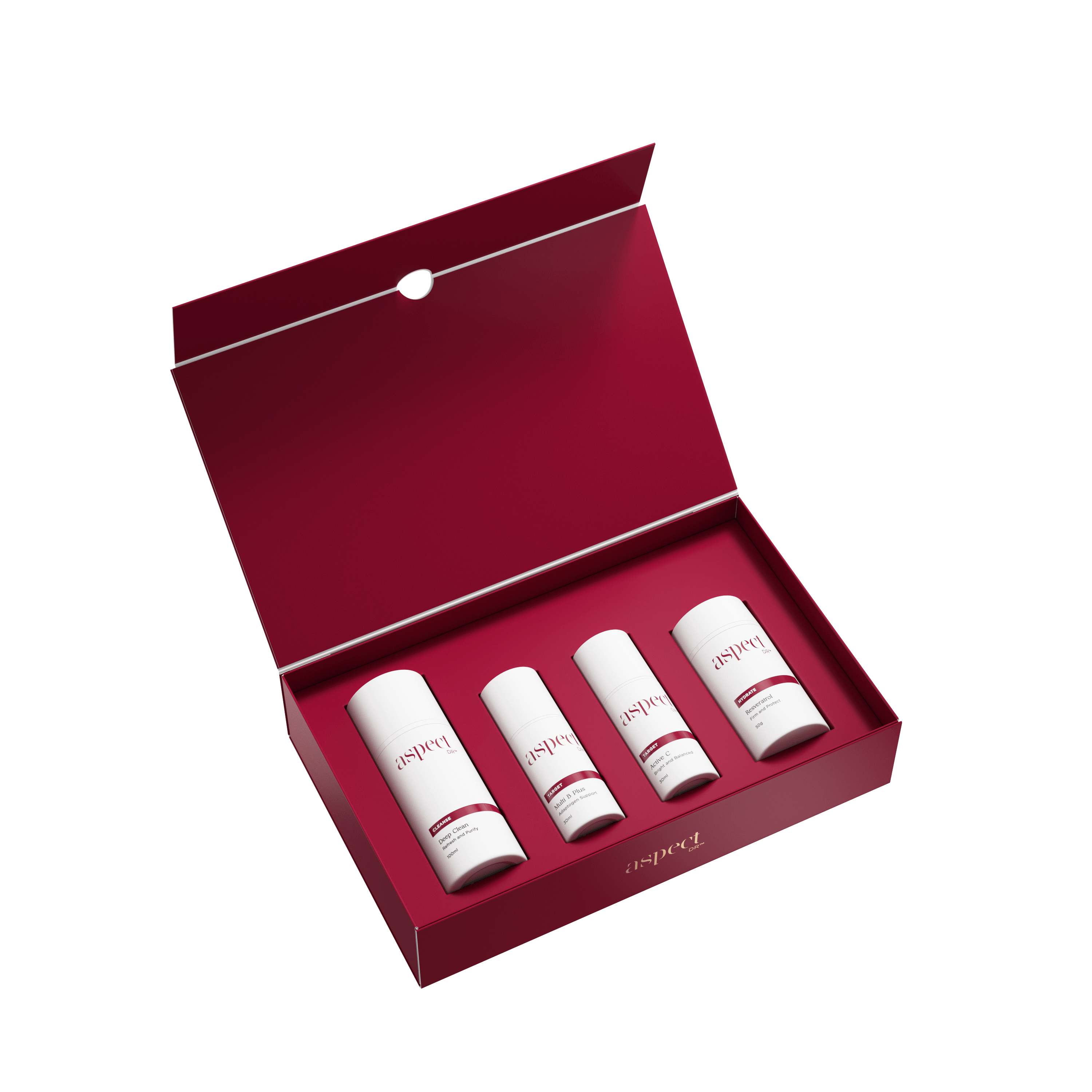
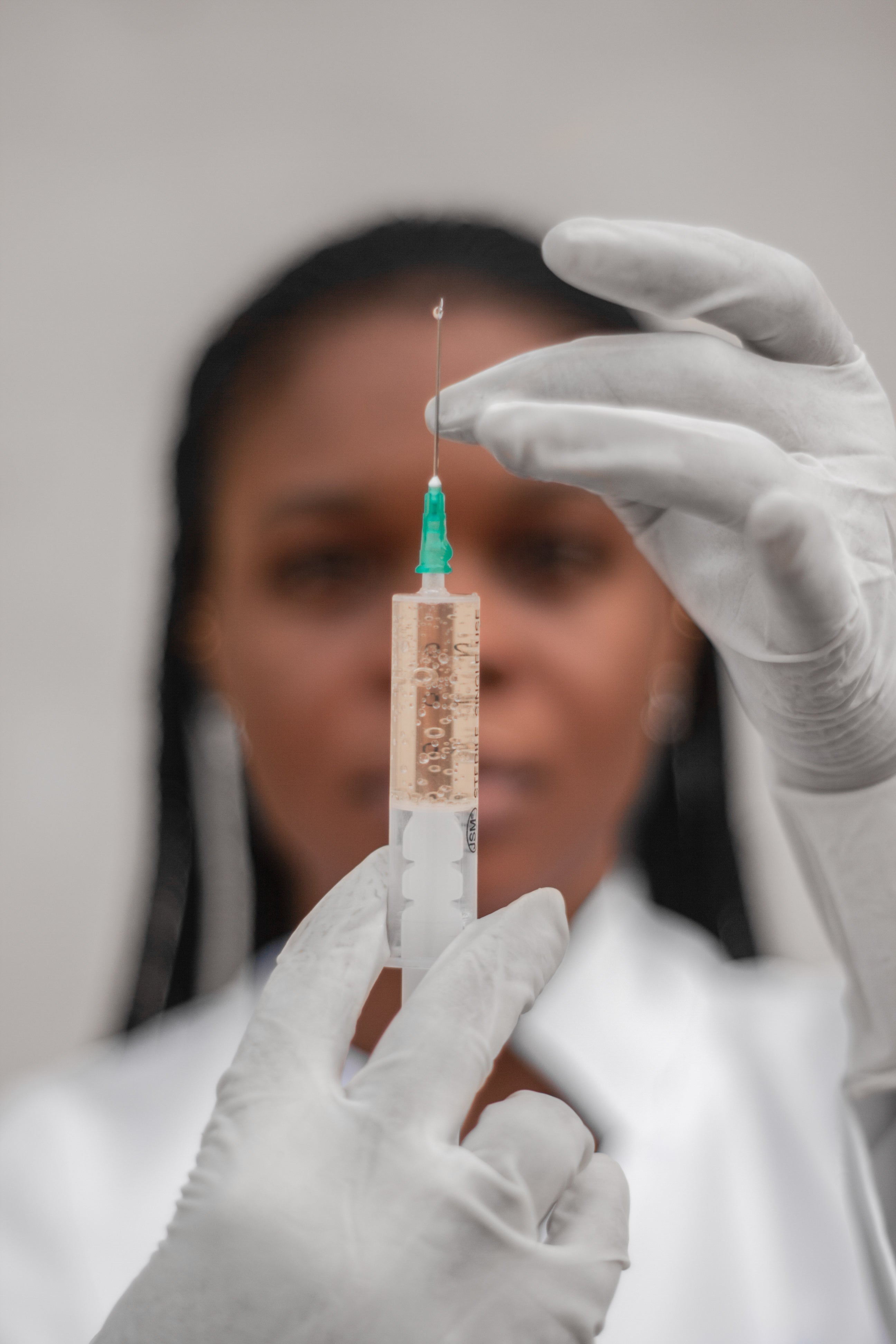
SkinVive - Hyaluronic Skin Booster
Our Latest Injectables Treatment
Relatively new to NZ, Juvederm SkinVive is an injectable cross linked hyaluronic skin-conditioning treatment which is one of the newest products in the Juvederm hyaluronic rejuvenation range, and is a unique injectable treatment designed to improve skin quality for up to 6-9 months with a single treatment.
It has a lower concentration of hyaluronic acid (HA) than other fillers, and is designed to improve skin hydration, smoothness, elasticity and overall skin quality in the face, neck, hands and décolletage.
What our clients have to say
Jia Song
The experience here is absolutely amazing. They have friendly staff and nurses, and their environment is clean and quiet.
Their technique is fantastic and smooth. I have been visiting them for 7
years and I highly recommend them for your beauty plan!
Gayna OConnell
Absolutely amazing, the team all are truly lovely always attentive, for me I feel part of a family there, there is a genuine interest in me as a person and my Wellbeing from a professional level.
The step by step care given is informative and planned to give the best experience and outcomes in whatever the journey maybe.I can say I have loved my skin journey so far, I couldn't have asked for better care and professionalism.
Nikniks17
I always have a great experience when I visit the Quay Street clinic. TFP have treated my skin for a few years now and my skin journey has truly changed how I look after my skin but also boosted my confidence.
I couldn't recommend The Face Place enough and if you're thinking about starting your skin journey go ahead, make that first appointment and trust the process!!!
Zoë
The team at TFP Takapuna are all so kind and welcoming, I always feel so safe with the lovely clinicians & their high quality work - highly recommend 🥰🥰
Our Skincare Brands
Quay Street Clinic
Level 2, 152 Quay Street
Auckland CBD
1010
Monday: 10am-5pm
Tuesday: 10am-6:30pm
Wednesday-Thursday: 9am-6:30pm
Friday: 9am-5:30pm
Saturday 10am-4pm (Alternate, check google)
Sunday: Closed
Takapuna Clinic
Level 1, 10 Northcroft Street
Takapuna
0622
Tuesday: 10am-6:30pm
Wednesday-Thursday: 9am-6:30pm
Friday: 9am-5:30pm
Saturday 10am-4pm (Alternate, check google)
Sunday-Monday: Closed

